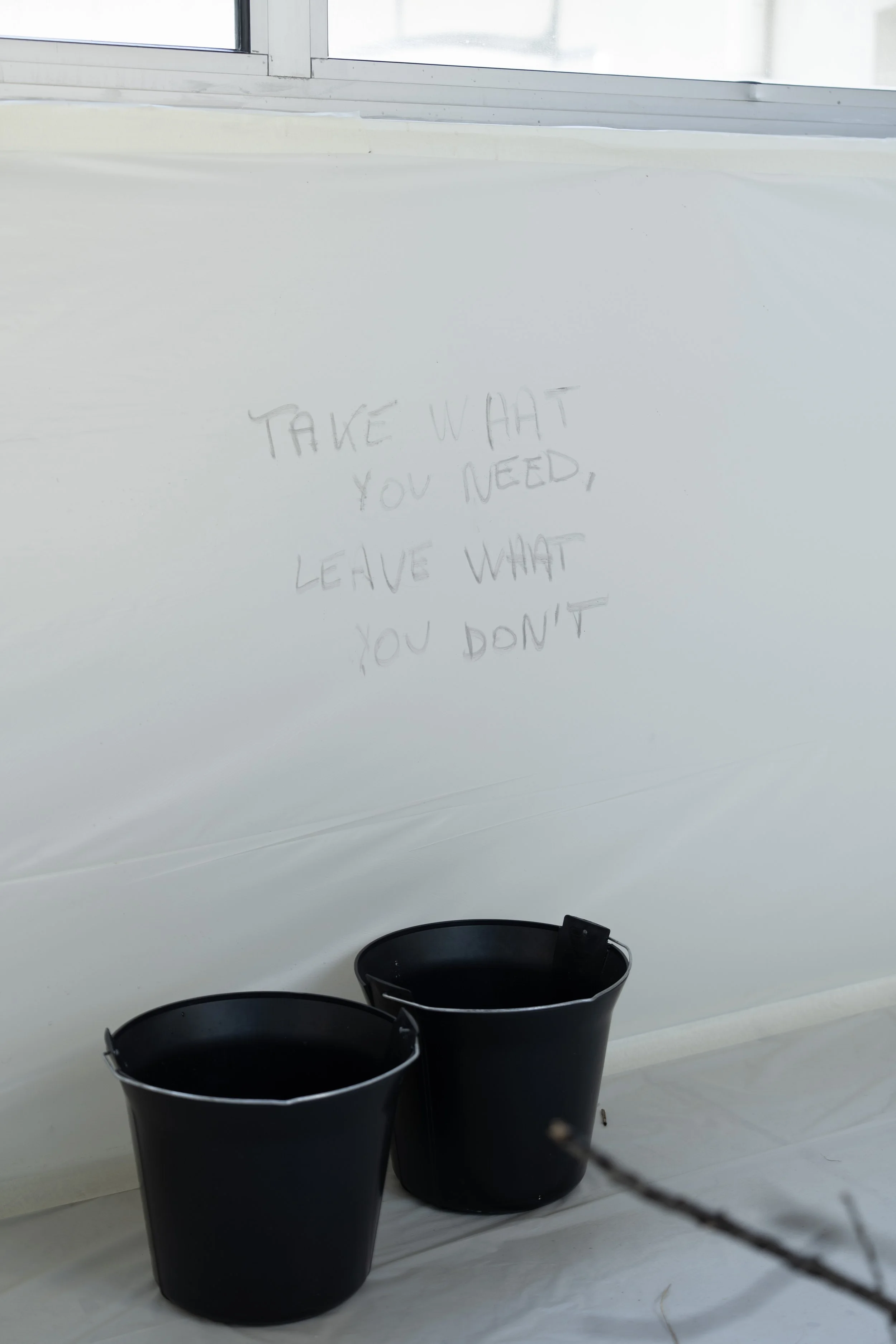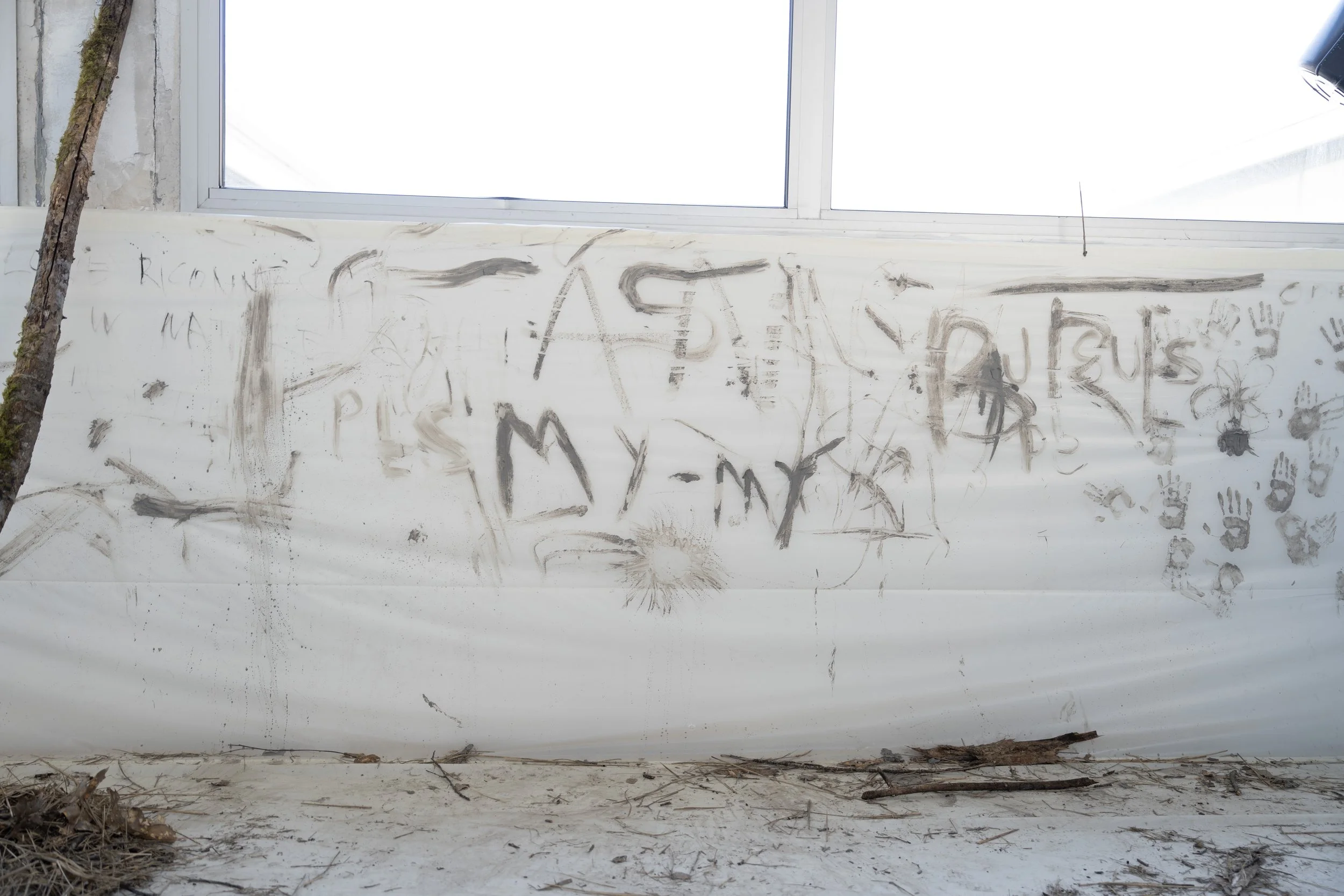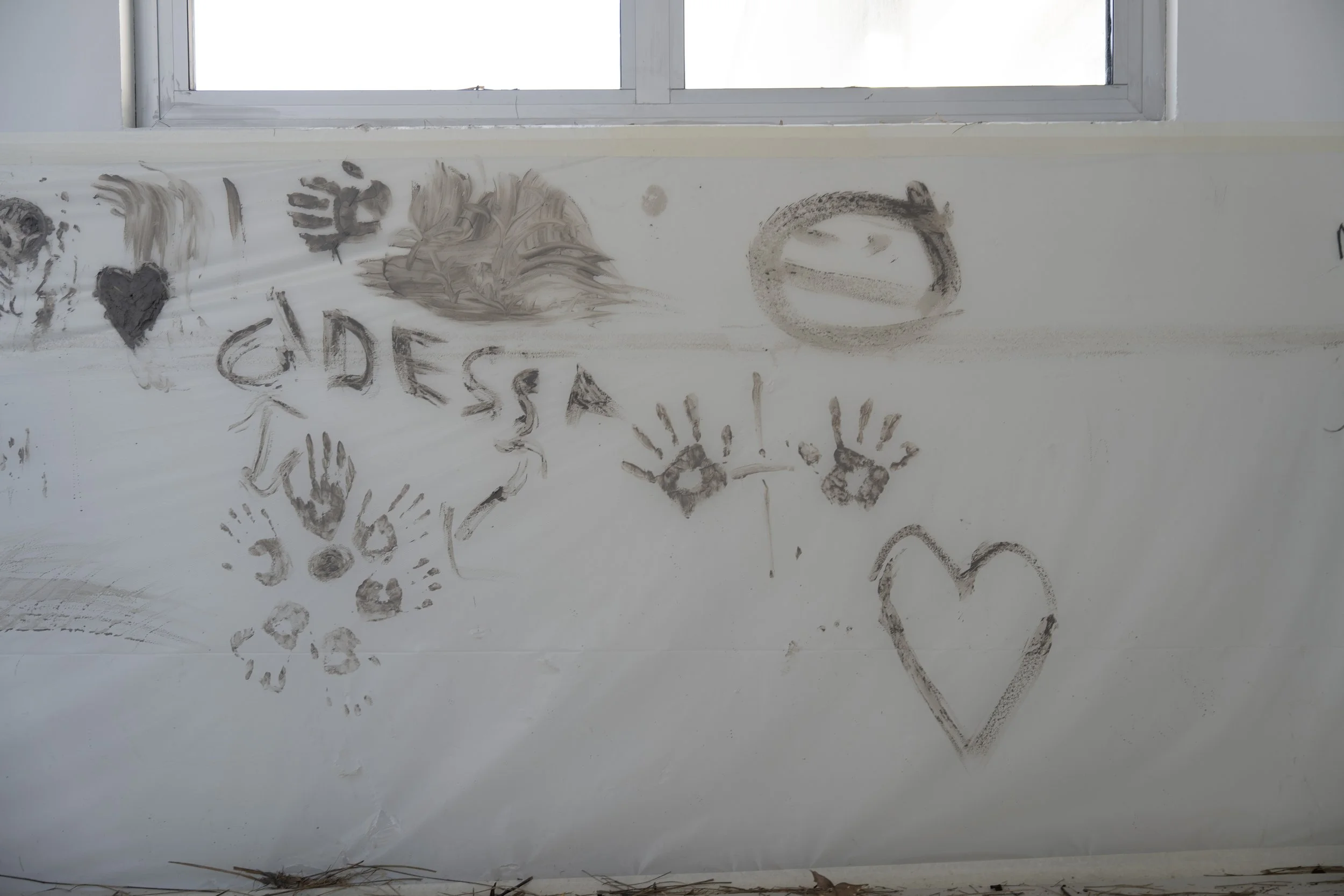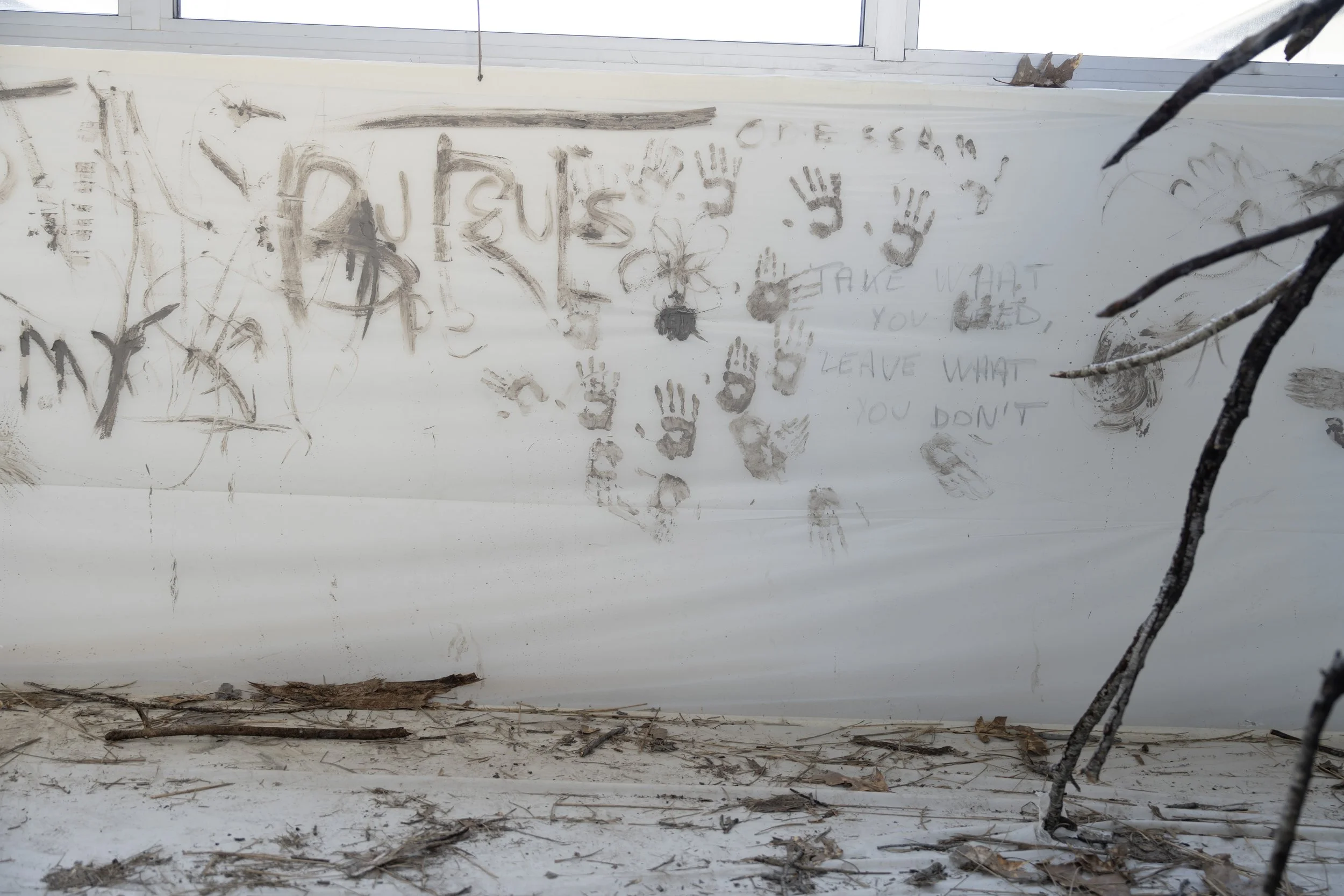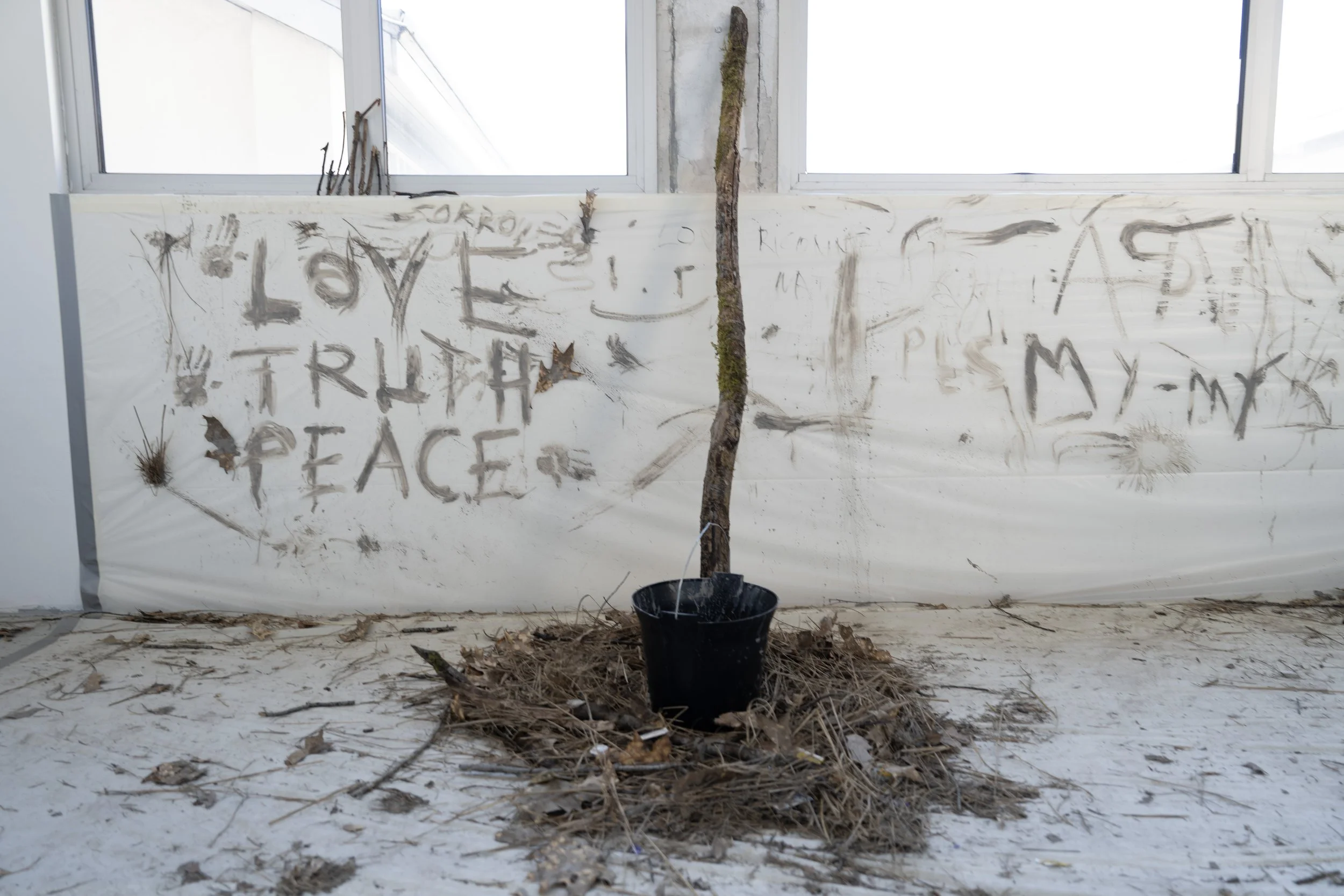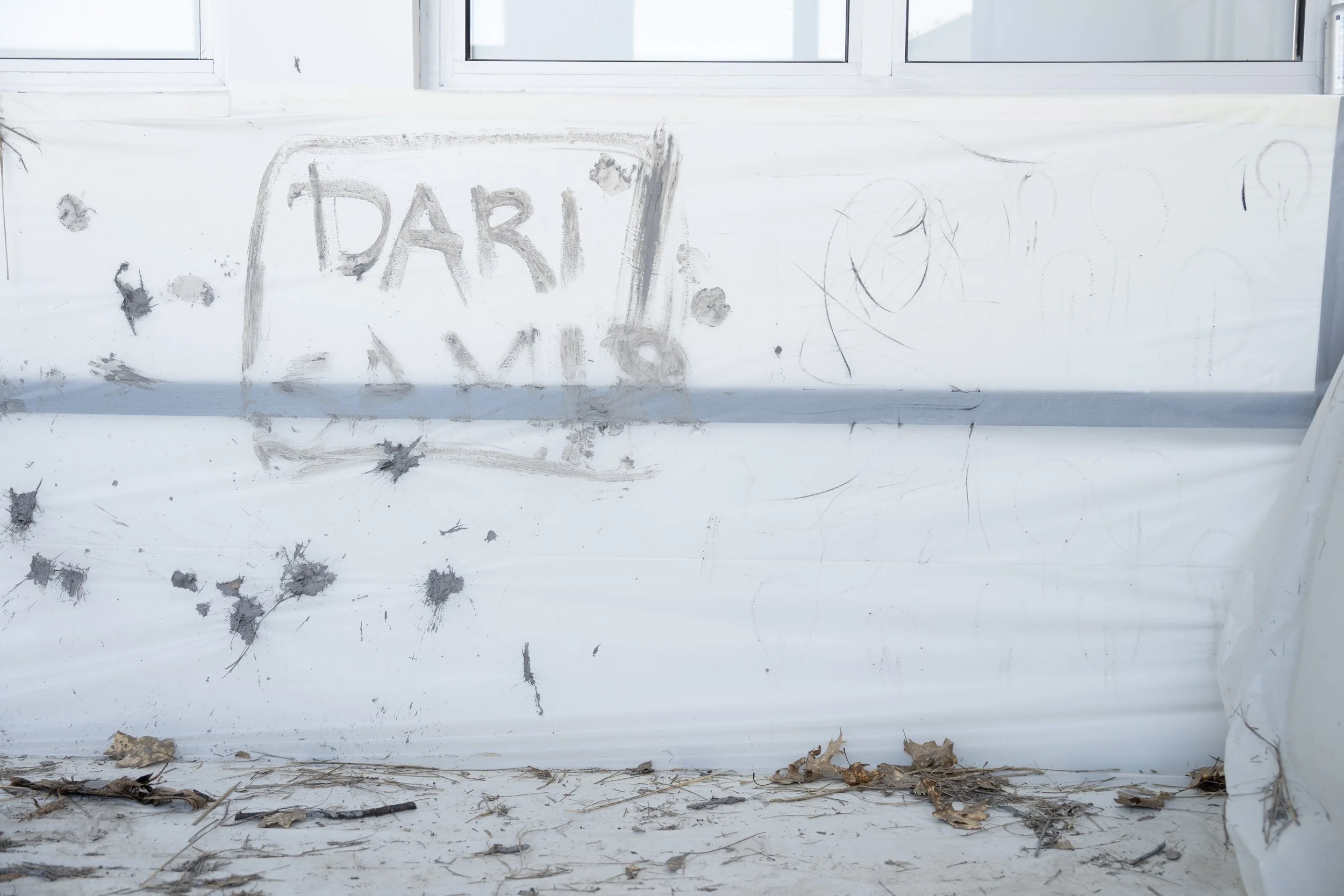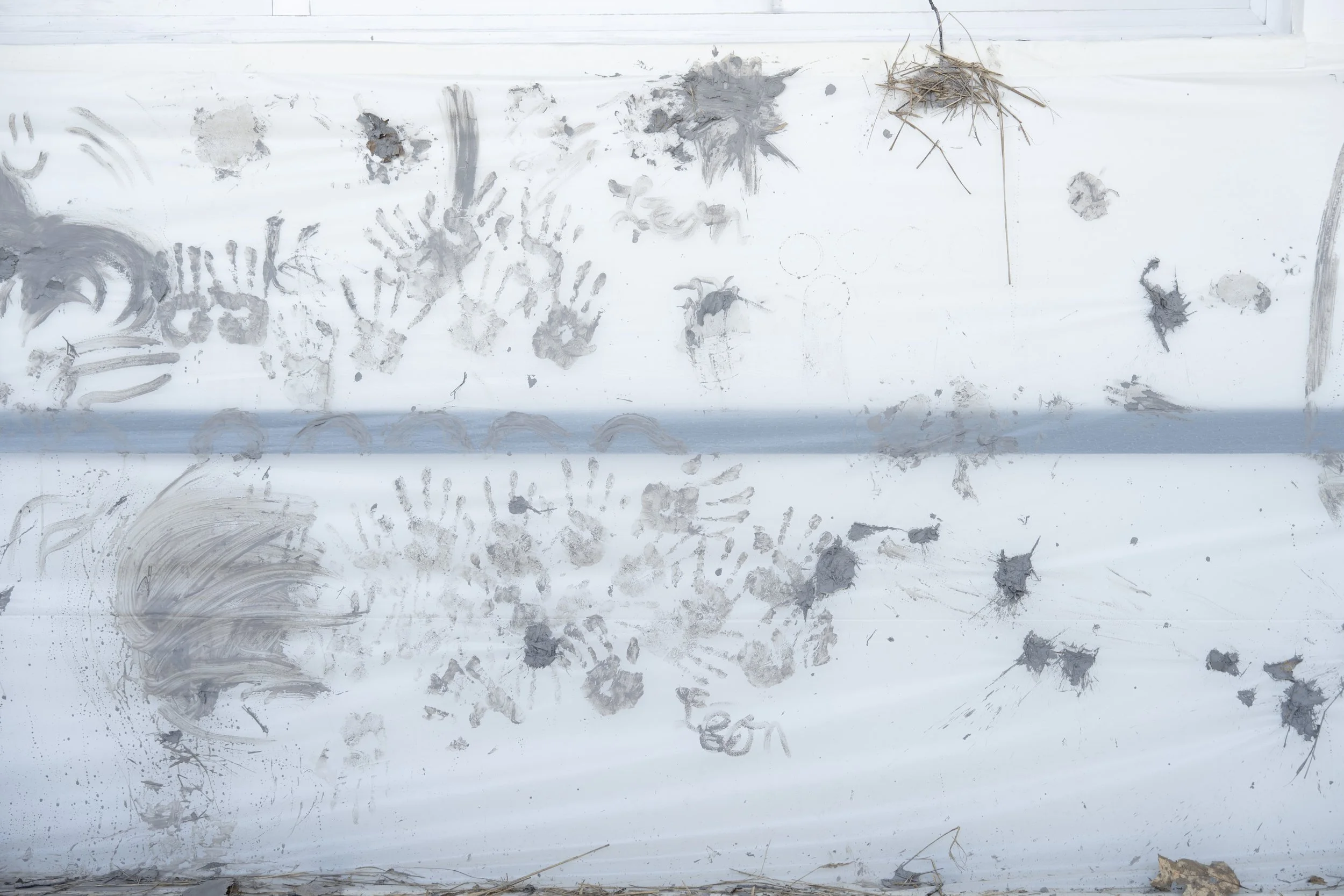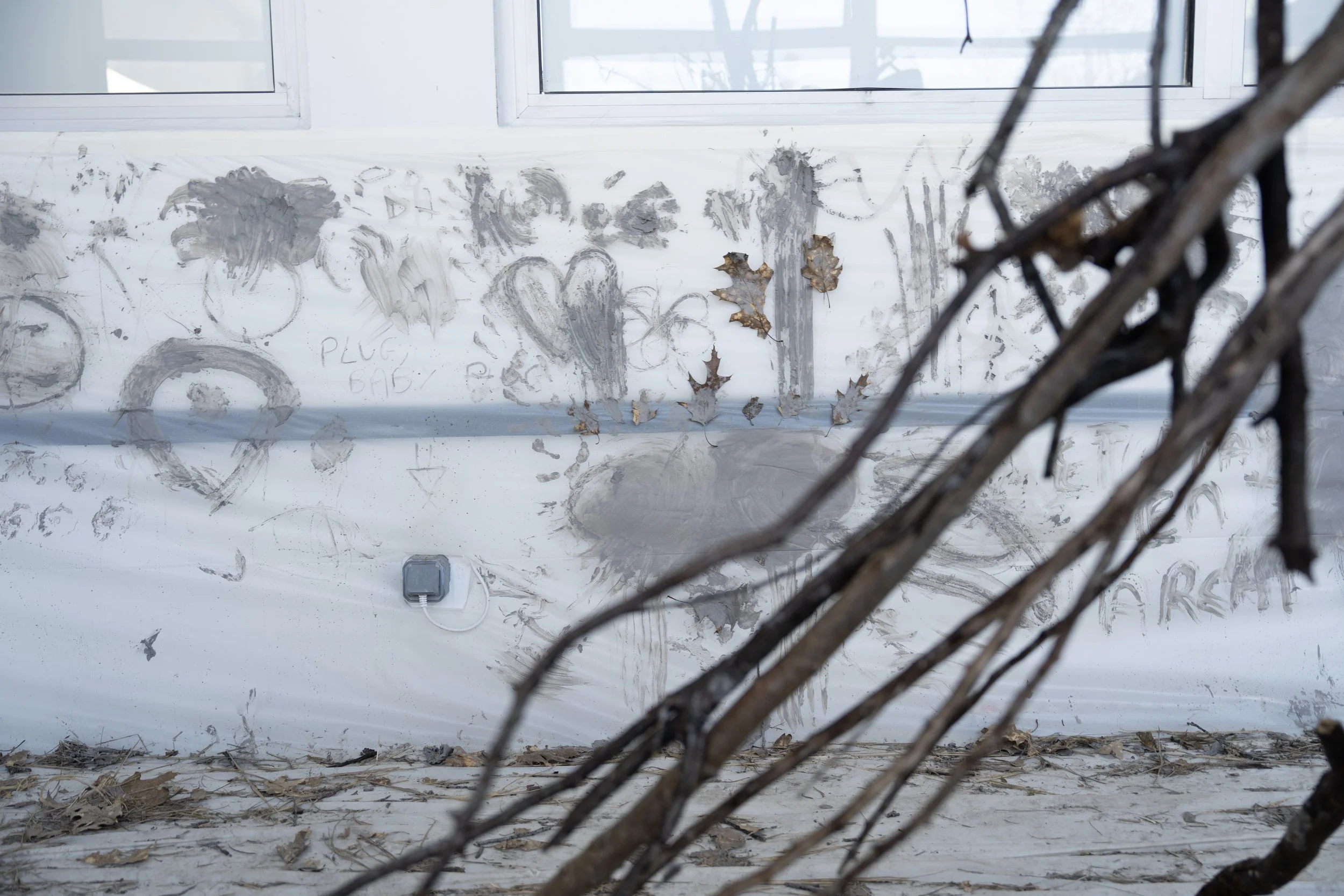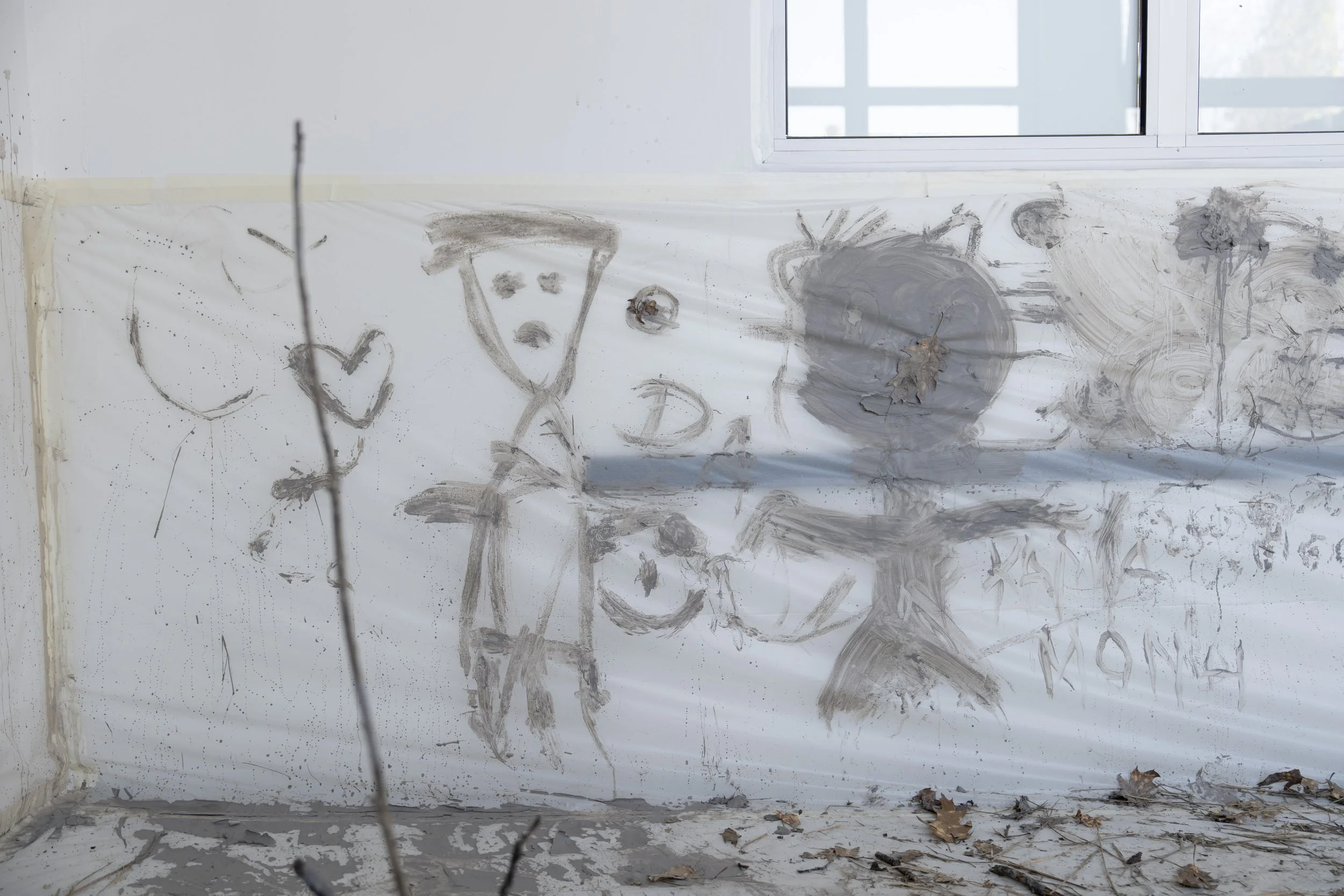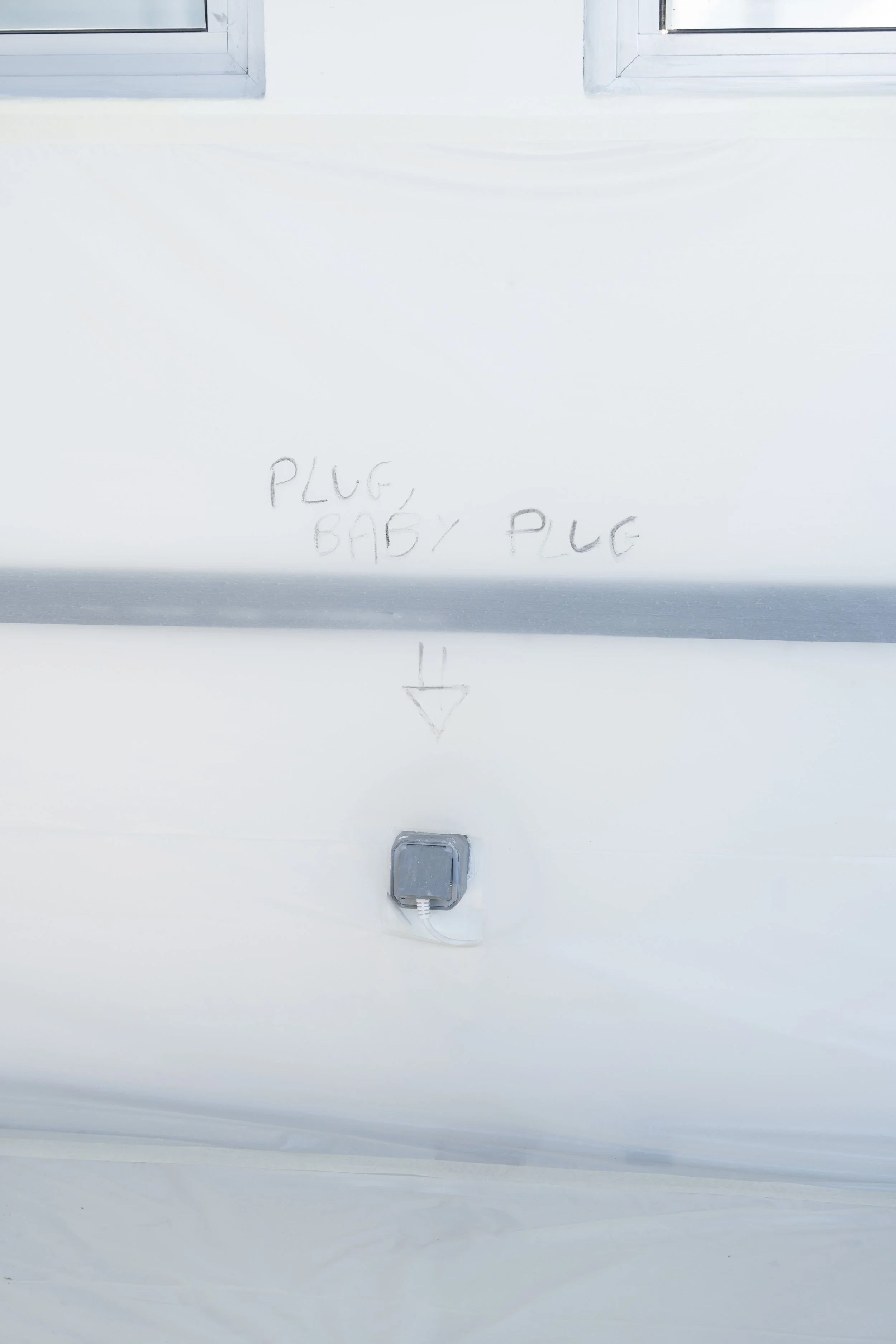PLAYGROUND.Vol2
PLAYGROUND.Vol2
April, 2025
POUSH Aubervilliers
My second workshop hosted during Journée Pro.
Present to public as continuous participative performance.
This time there were more participants, so I proposed 10 minute session per entry throughout the day.
It was interesting to observe the dynamic of transformation of the space of Playground. First participants discover it blanc and structured. Sometimes it can be not easy to mess up a clean space, to break a perfect arranged picture, so in the begging it seemed like the freedom was restrained by the order. The further it went, the less space for change it was offering. And then, there came an impulse to break and the freedom to change.
After this the Playground little by little transformed into a canvas where traces of the expression of previous participants were transformed by the ideas and impulses of following ones. And even more, a taste for creation and reformation grew up into urge of destruction. The more saturated the space was becoming, the less space for new creating it held. On this point, its was clear, than this saturation required cleaning of the space that was done through destruction of past creations.
One said that freedom with no limit invited to a certain authorisation of aggressive impulses and this was pleasurable to express and scary to admit. I could not agree more. This brings into light the question heard so many times : How can we reproduce such terrible things as humanity ?
Maybe it is a reminder that destruction and aggression are as natural instincts as our urge to creation? And if so, what if the answer is not in restriction but in research of a proper form of expression of these impulses?
Limits and freedom are deeply bounded.
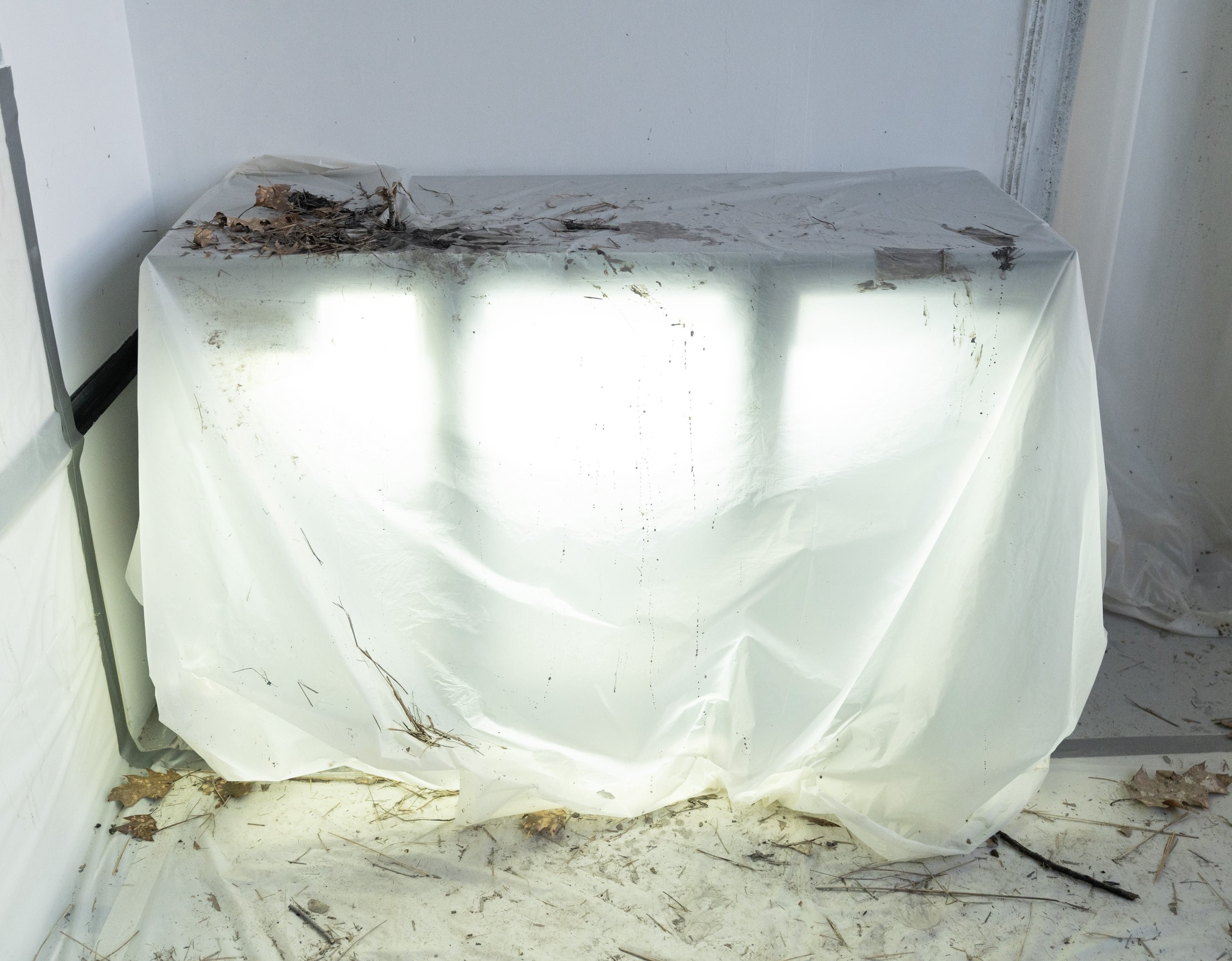
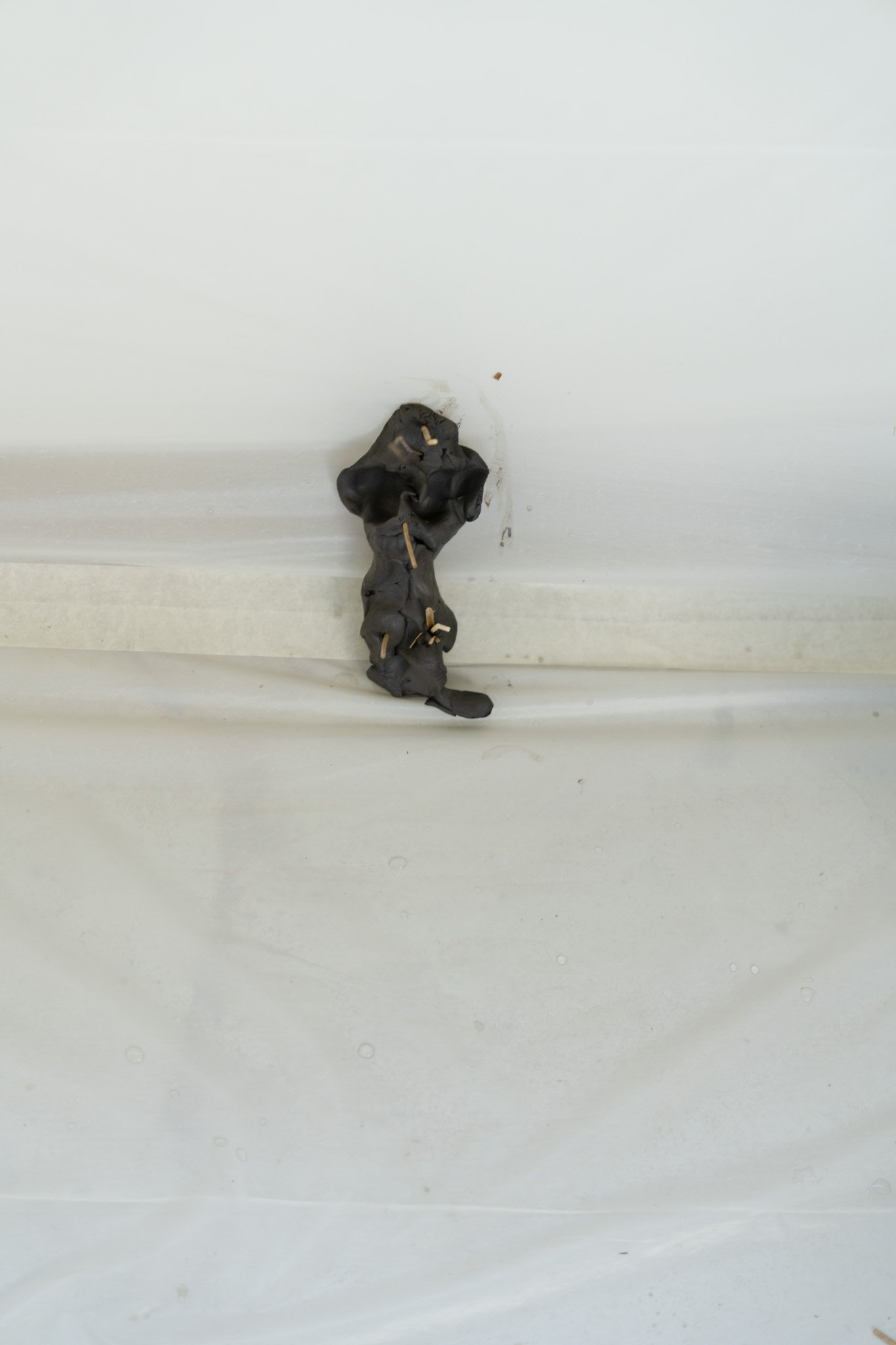

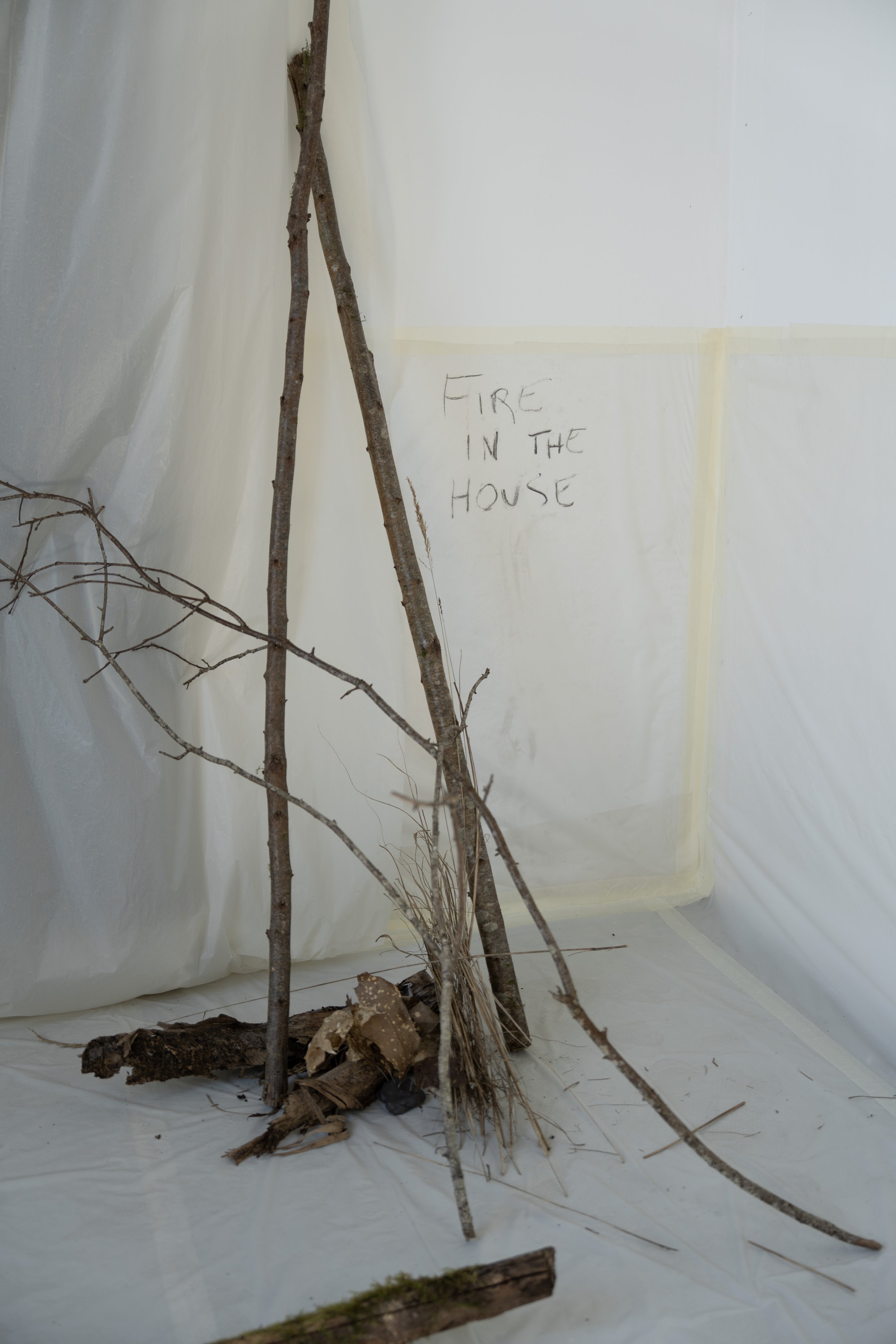
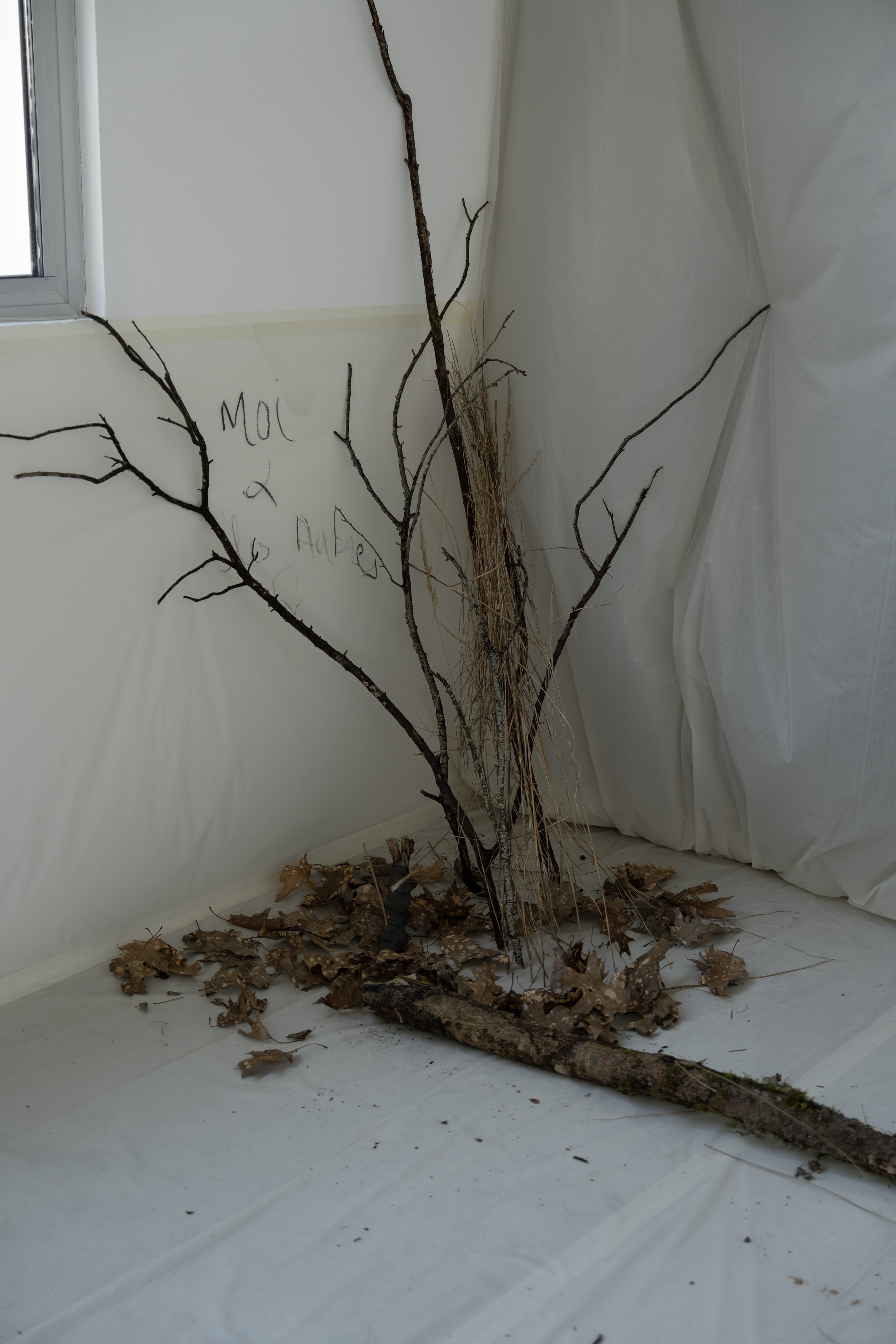
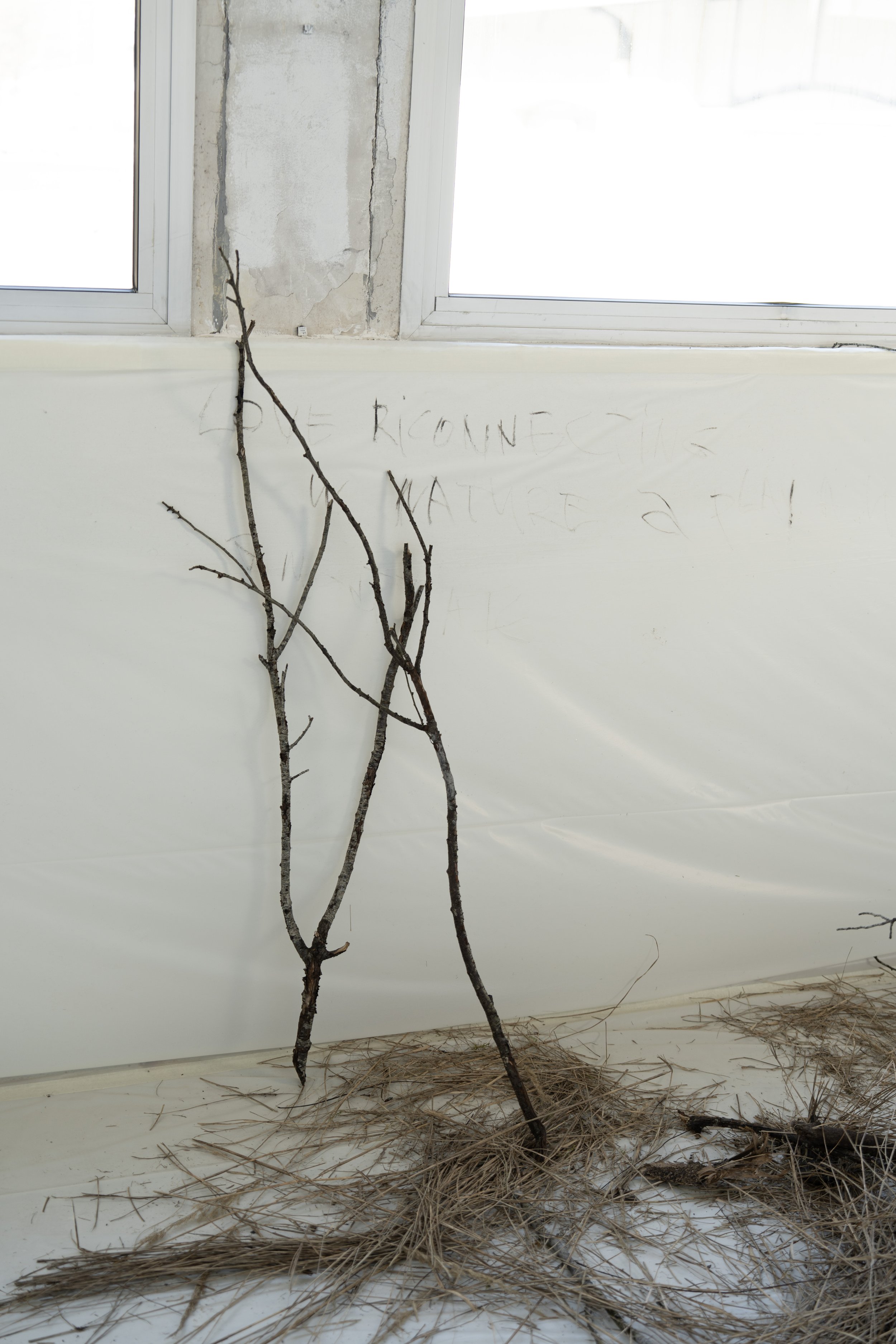
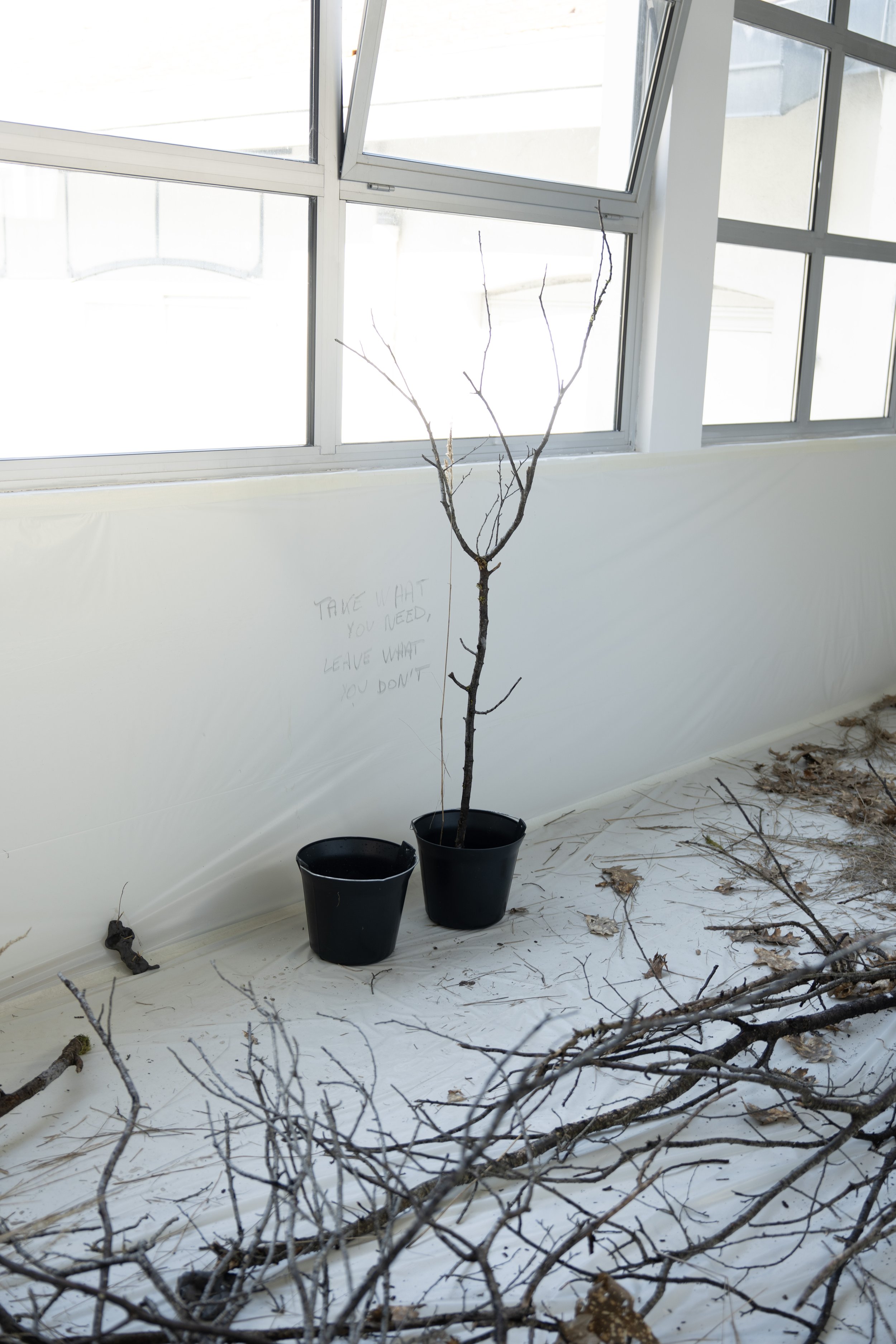
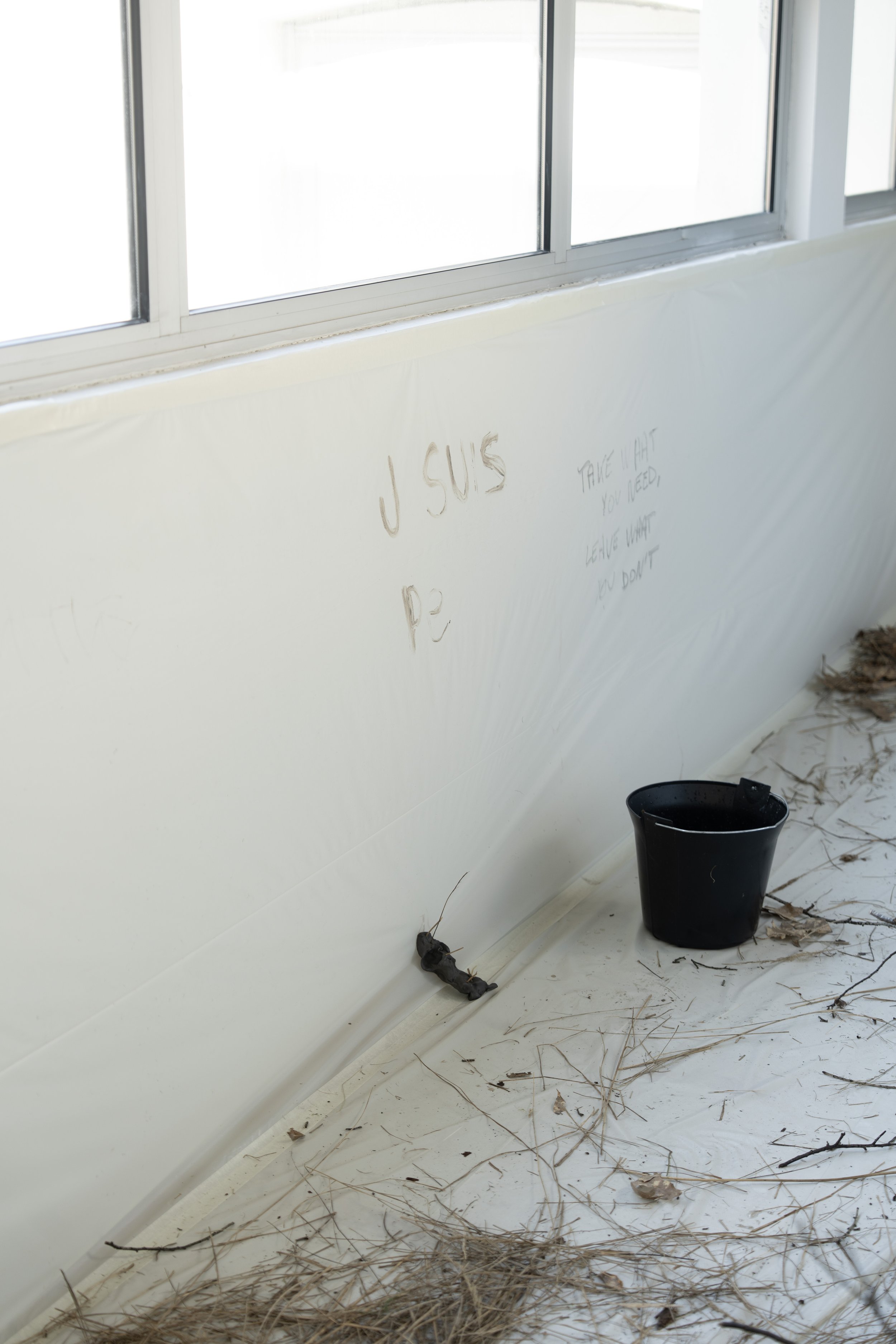
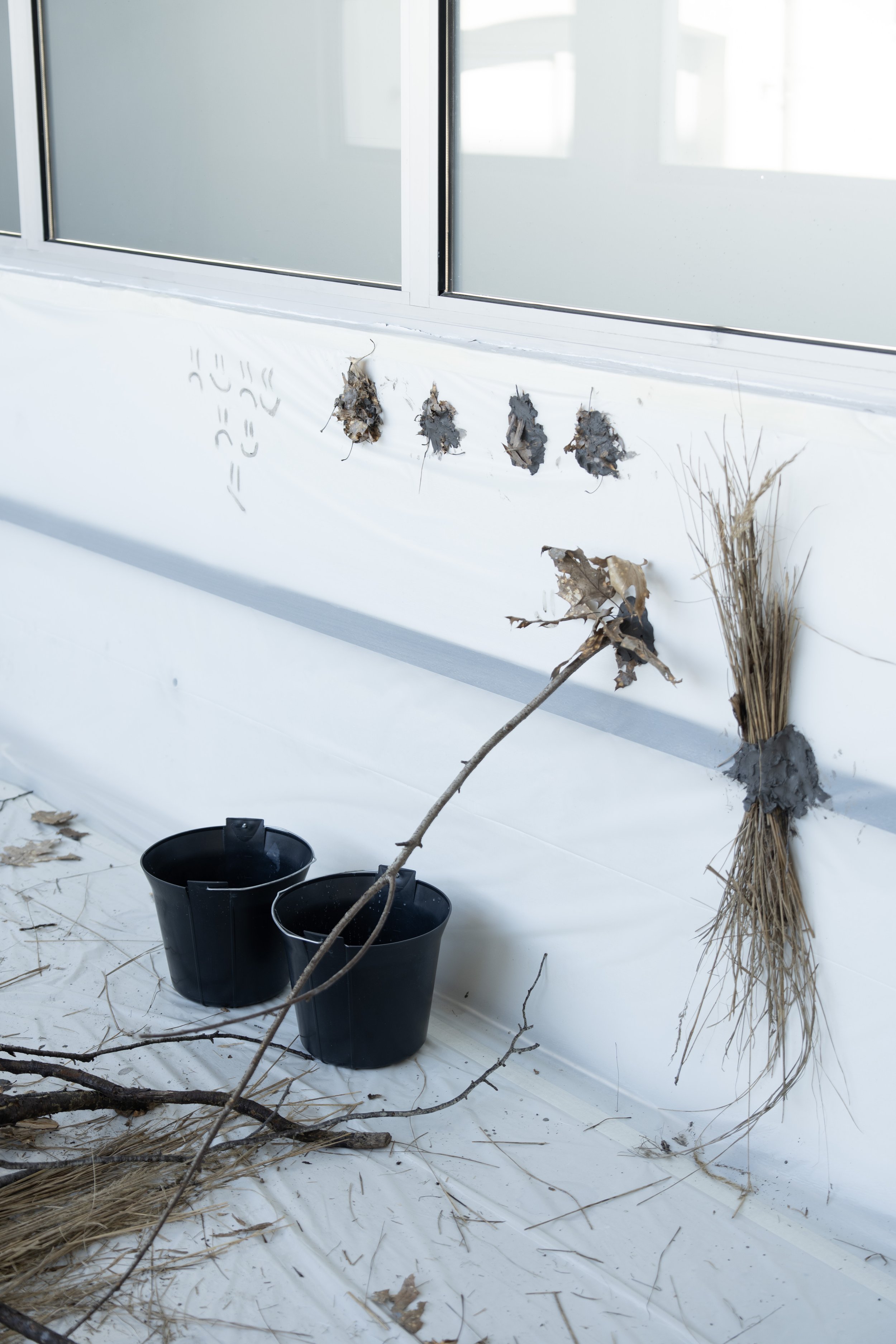

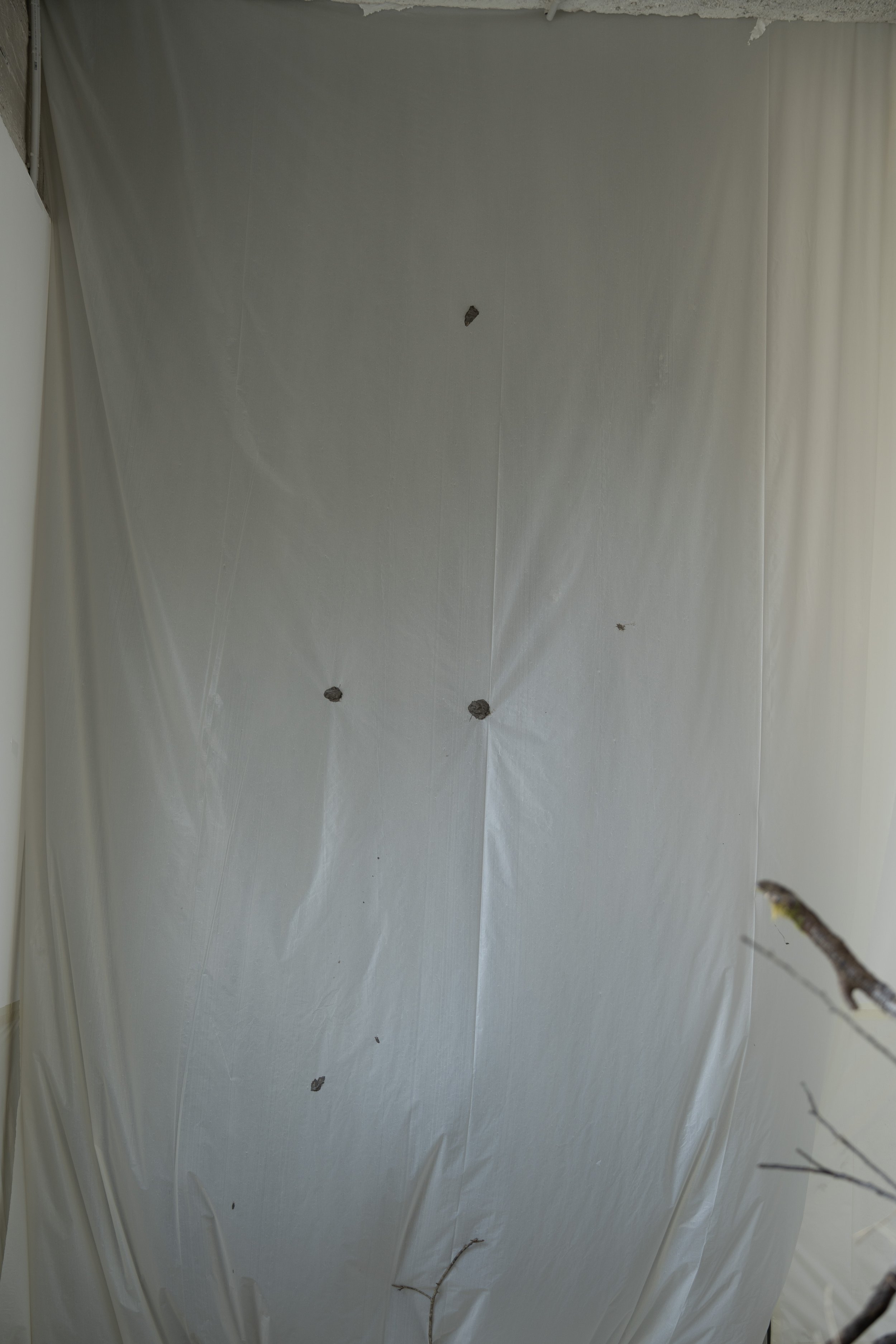
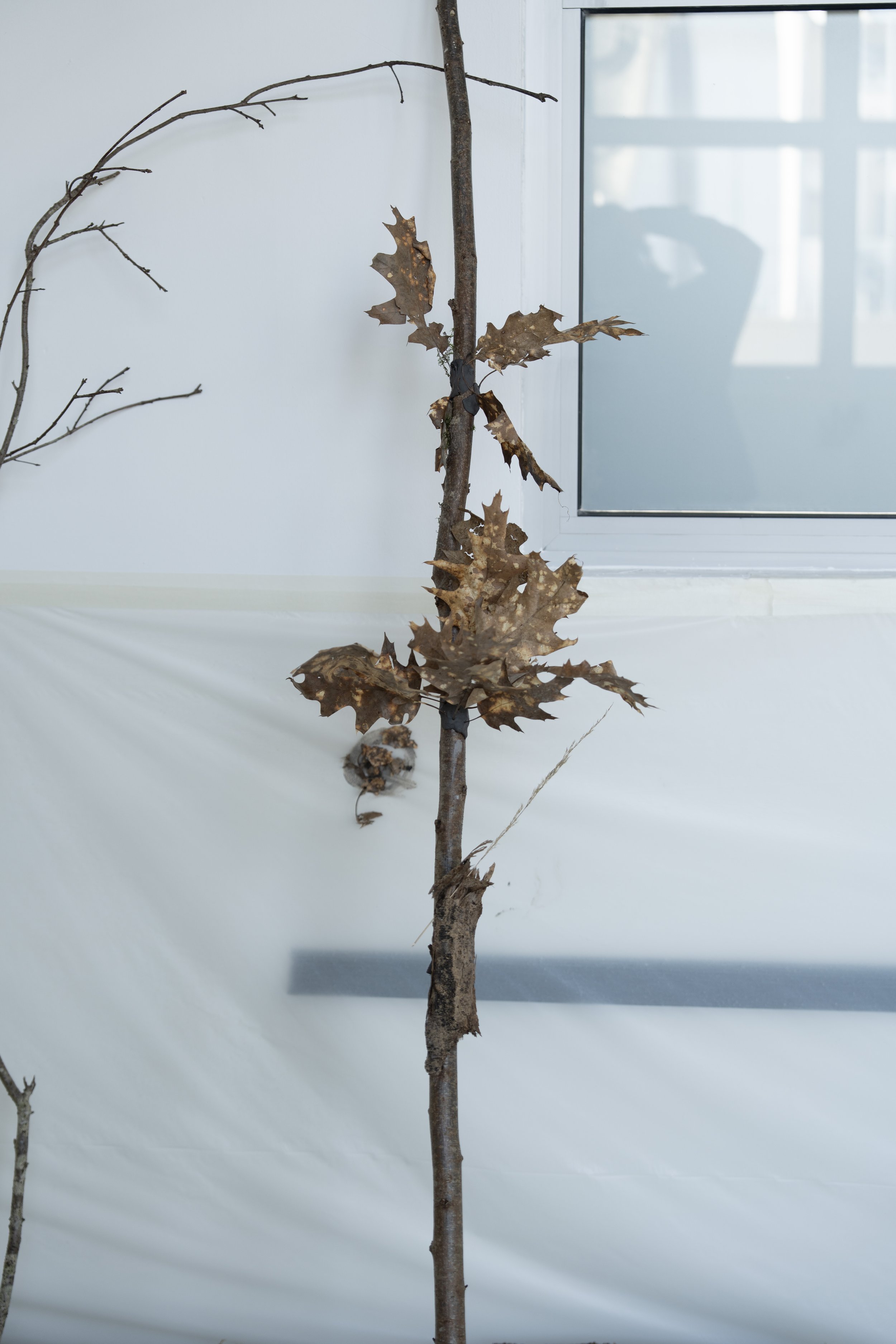
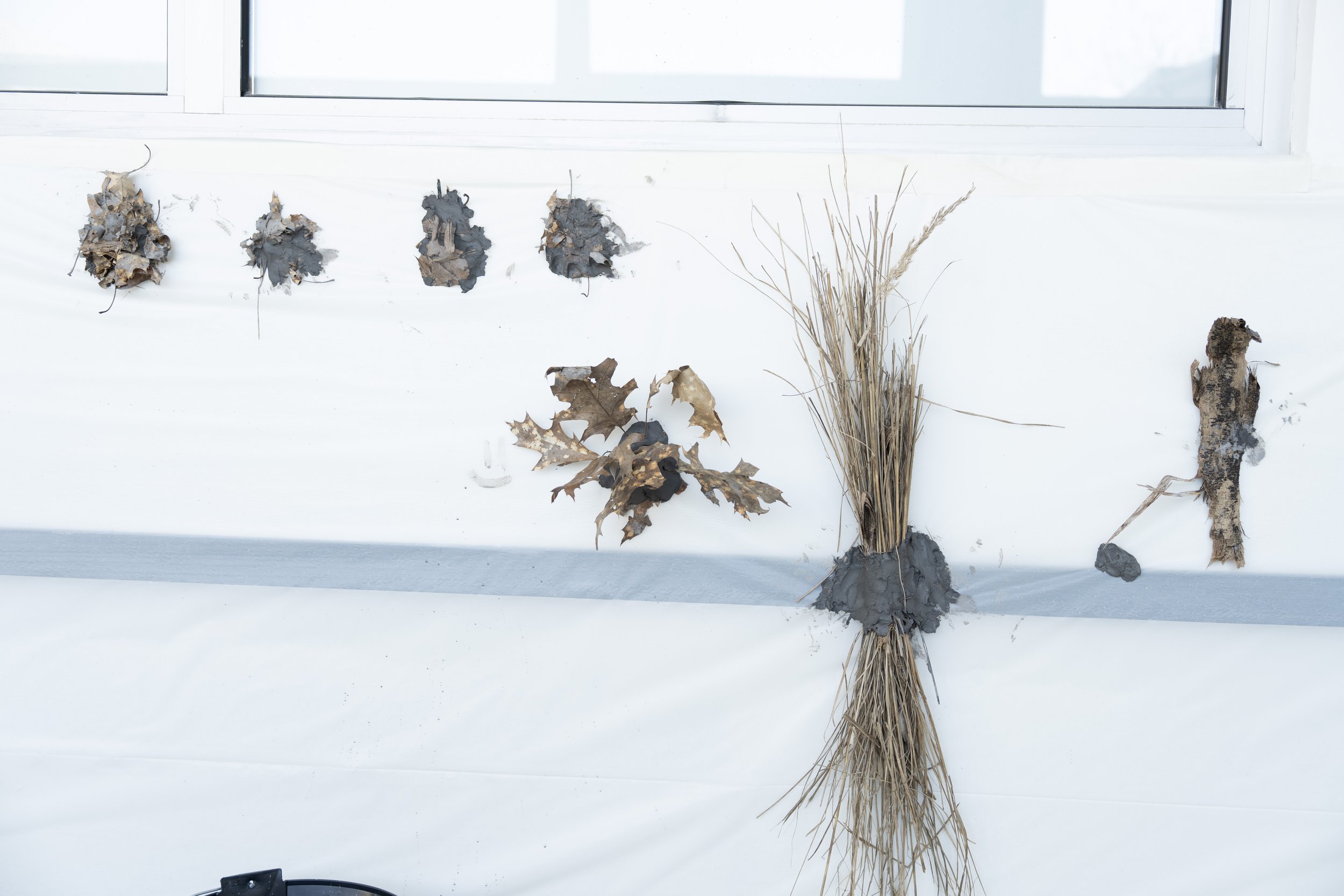
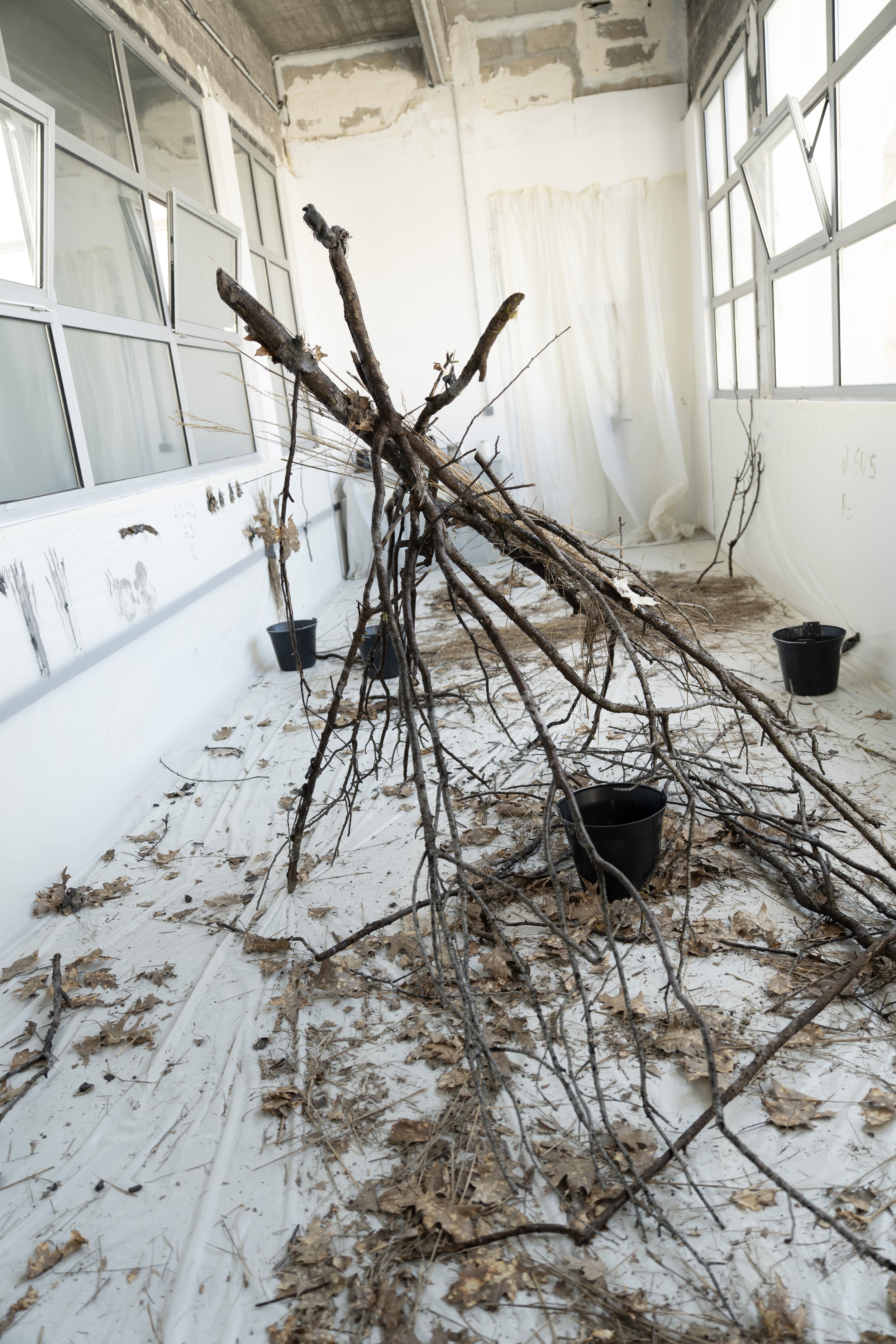


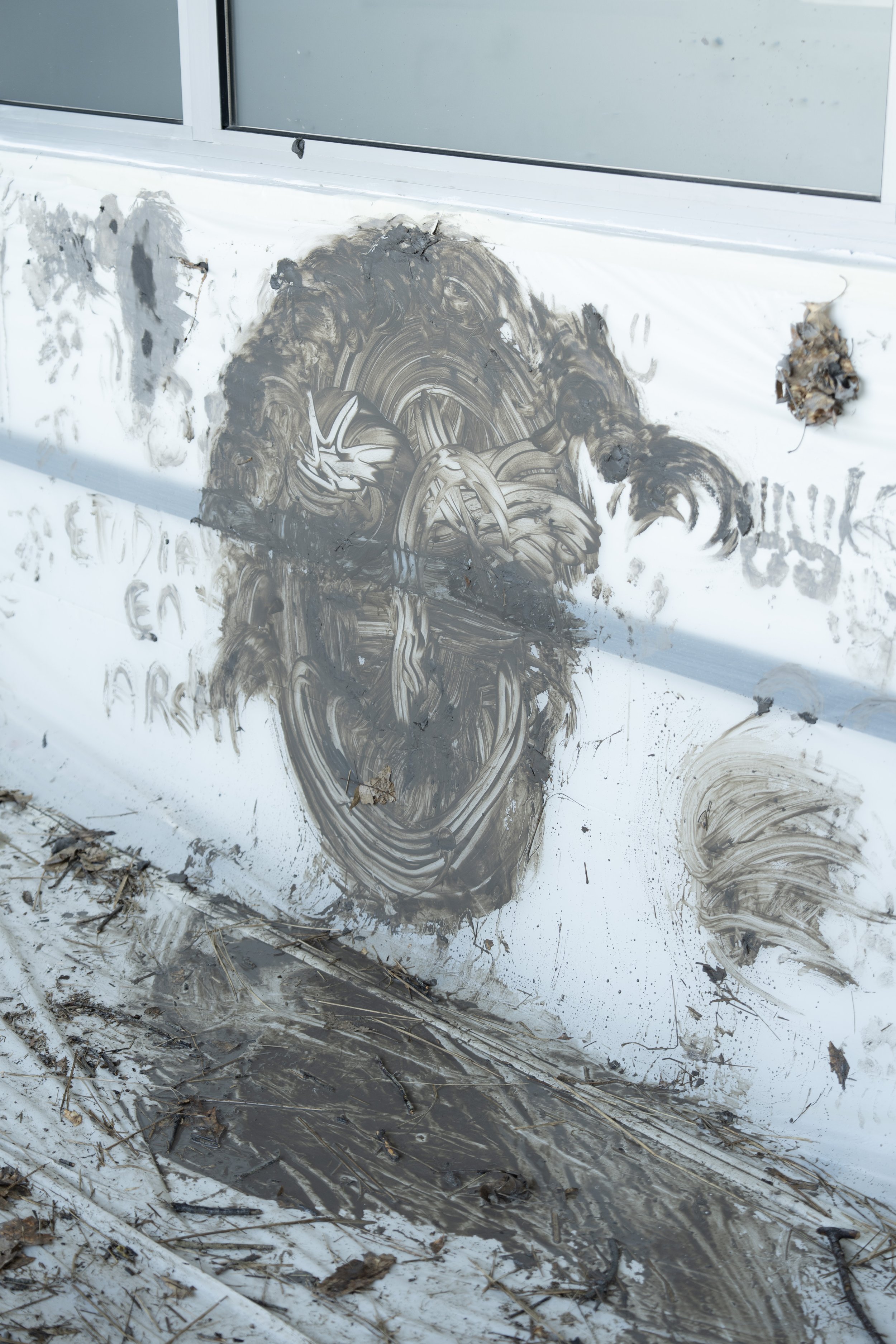
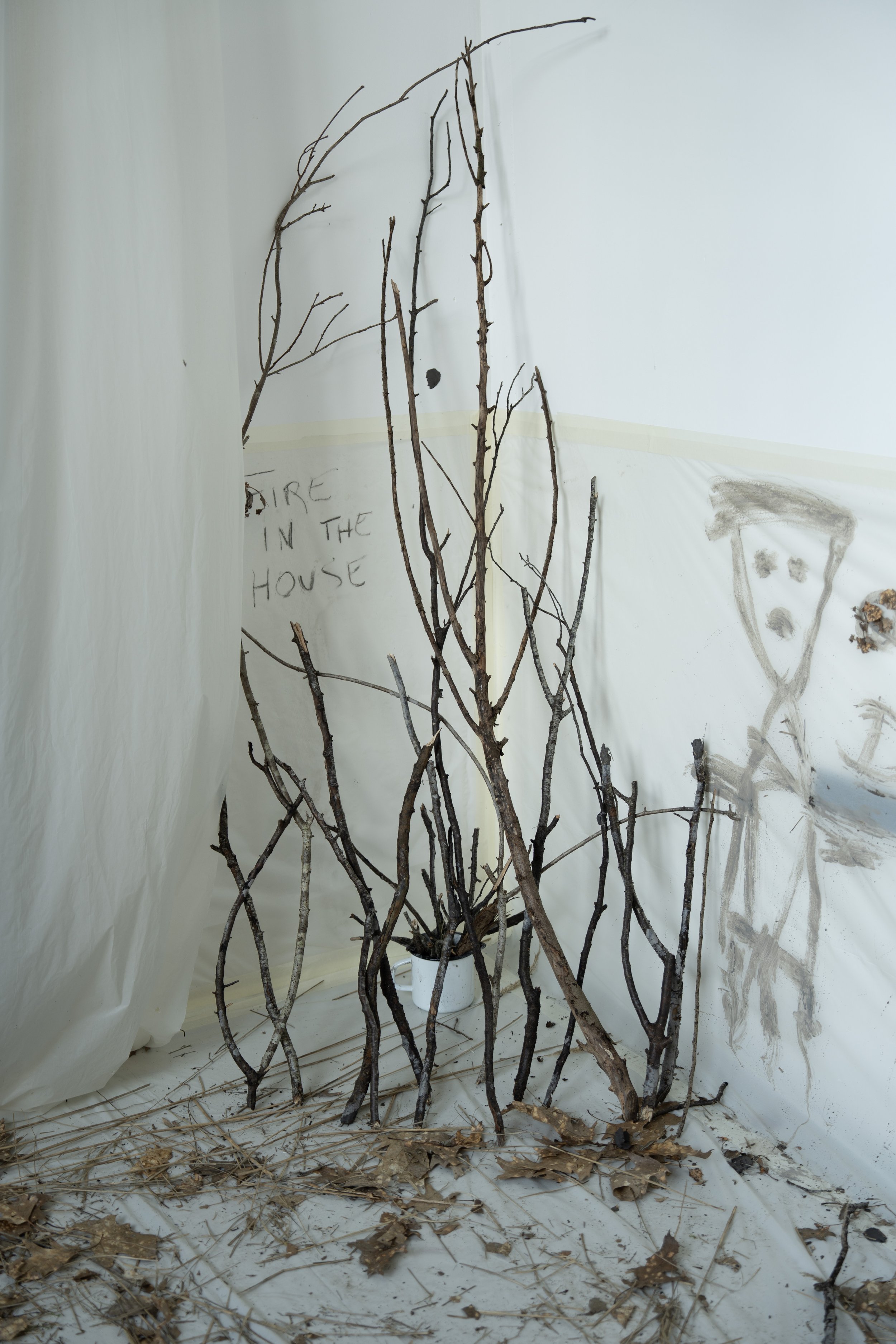
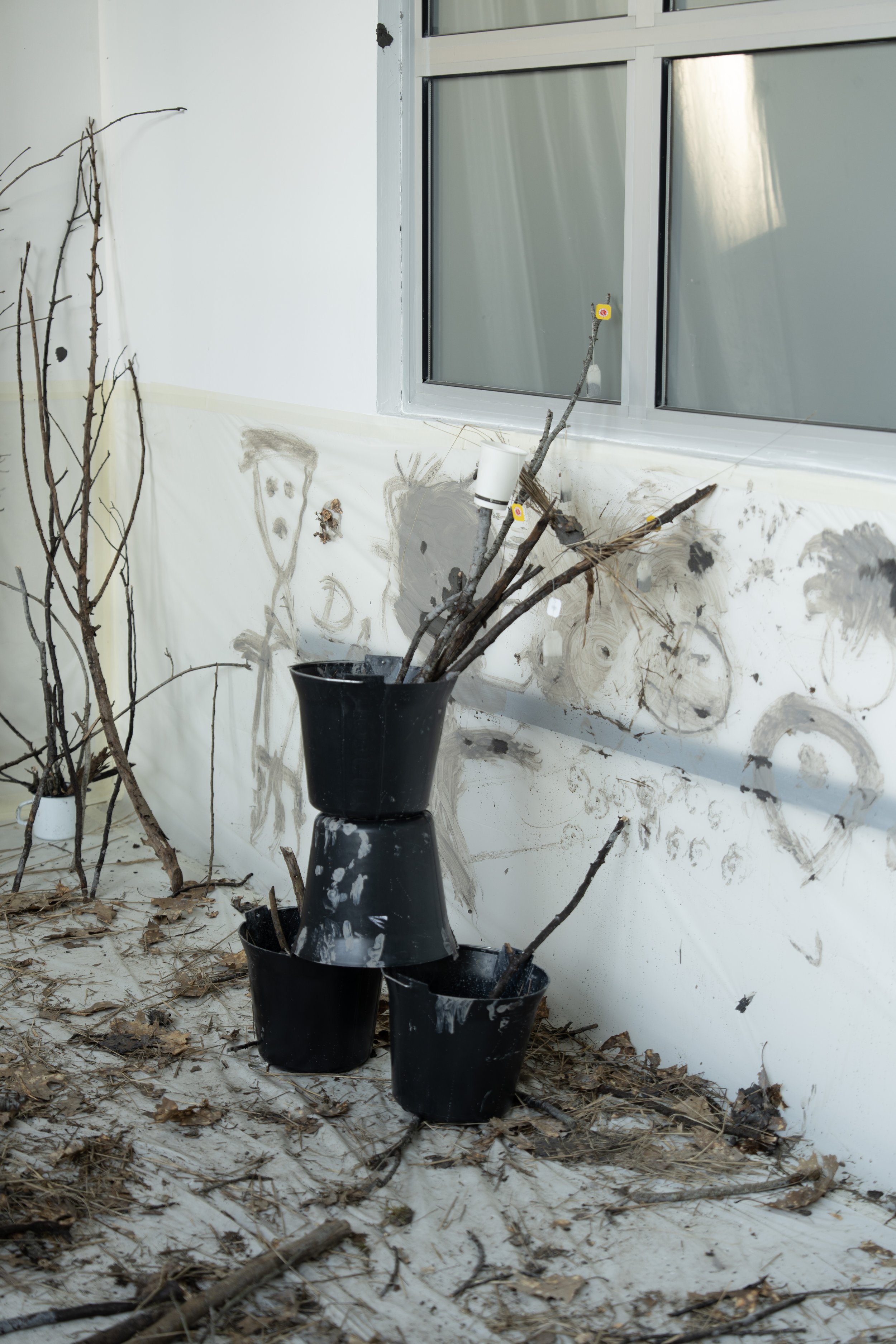
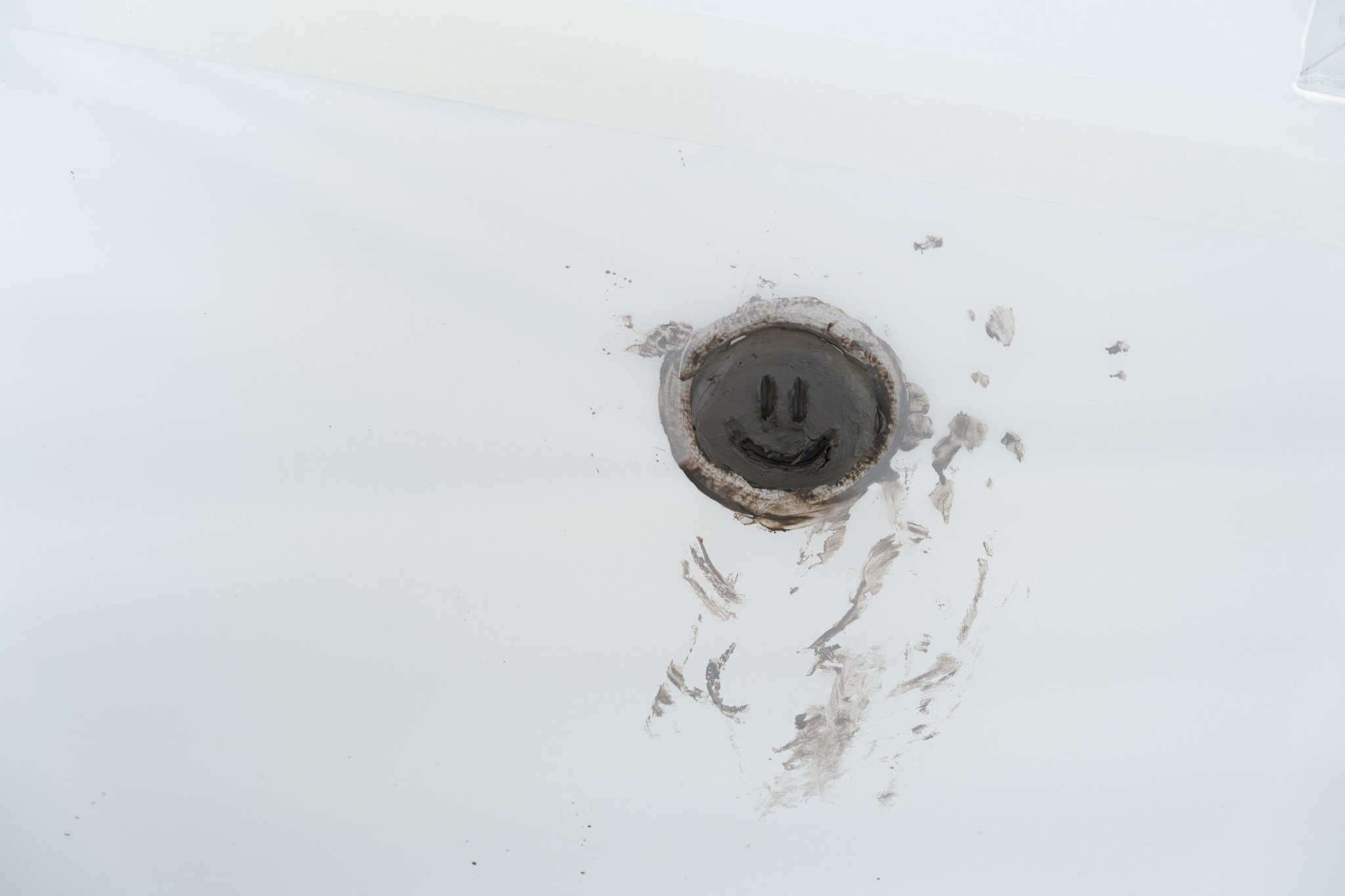
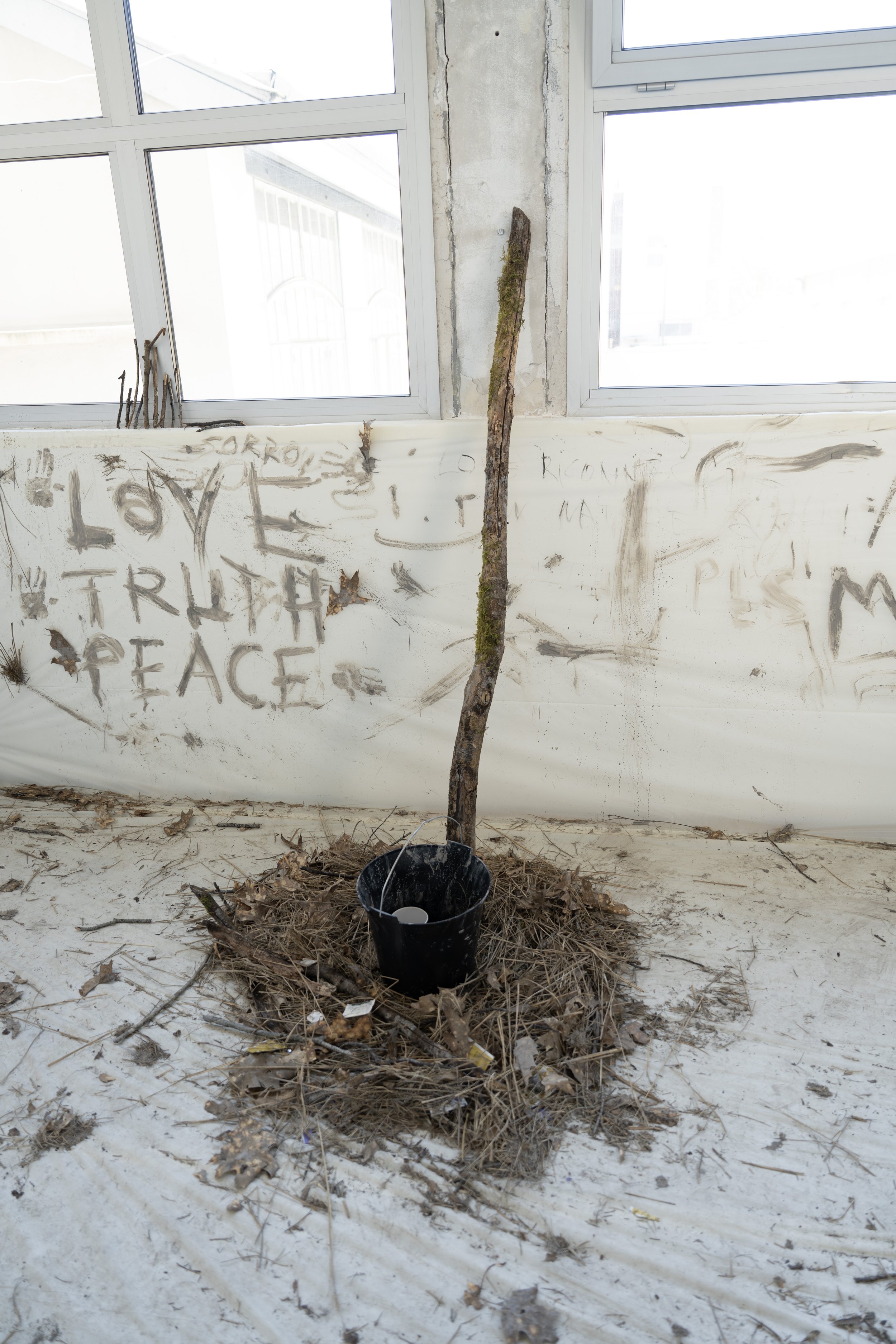
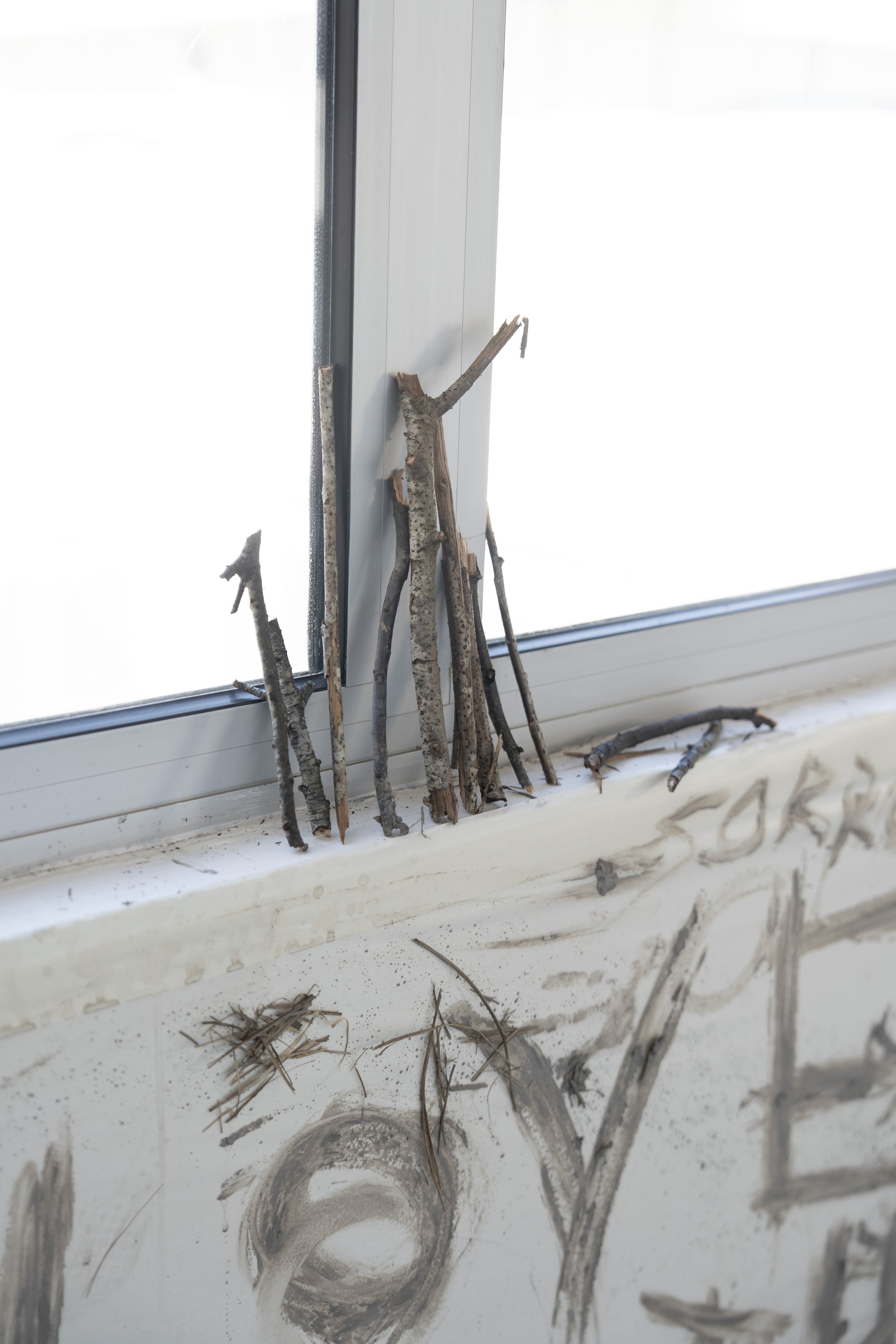
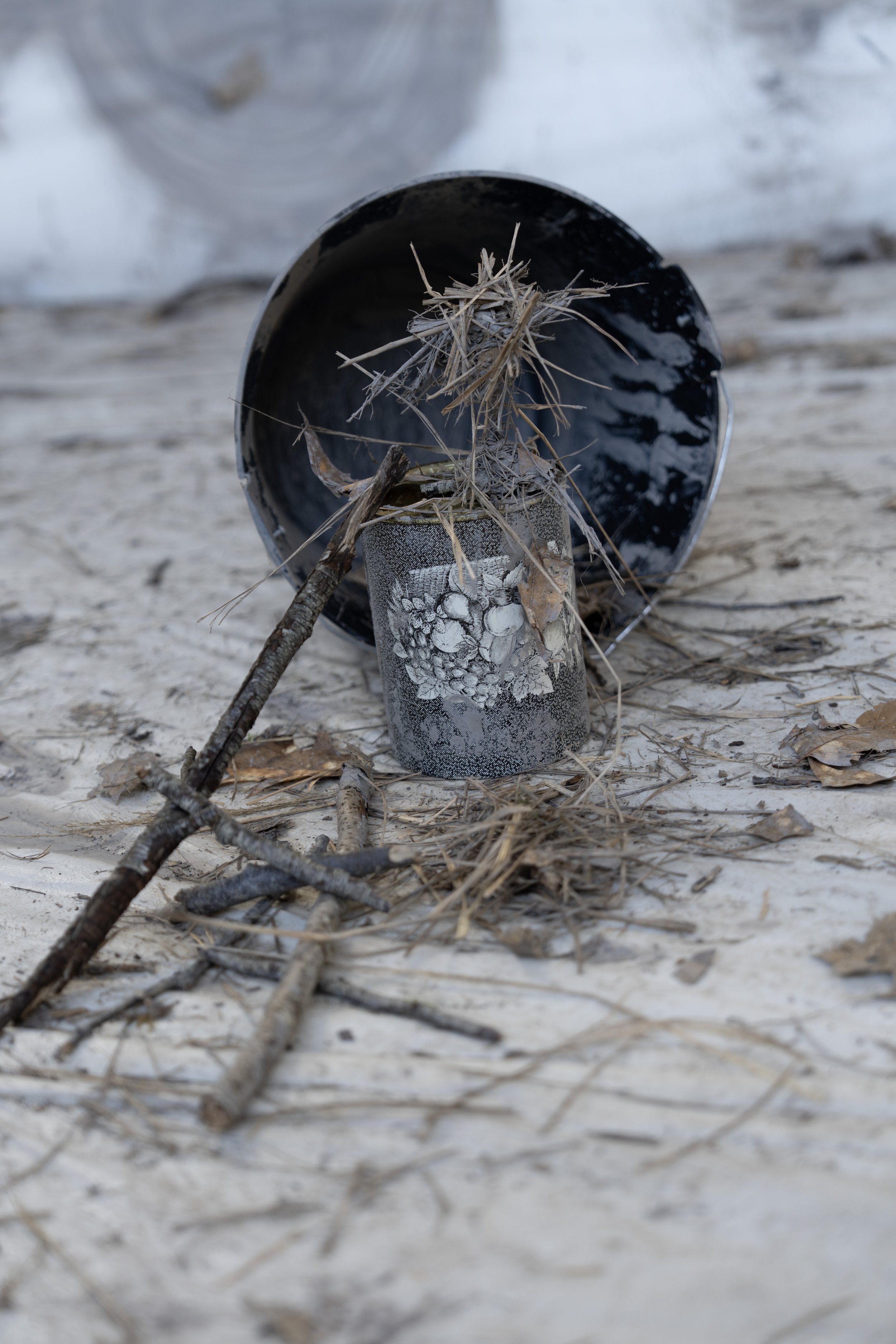


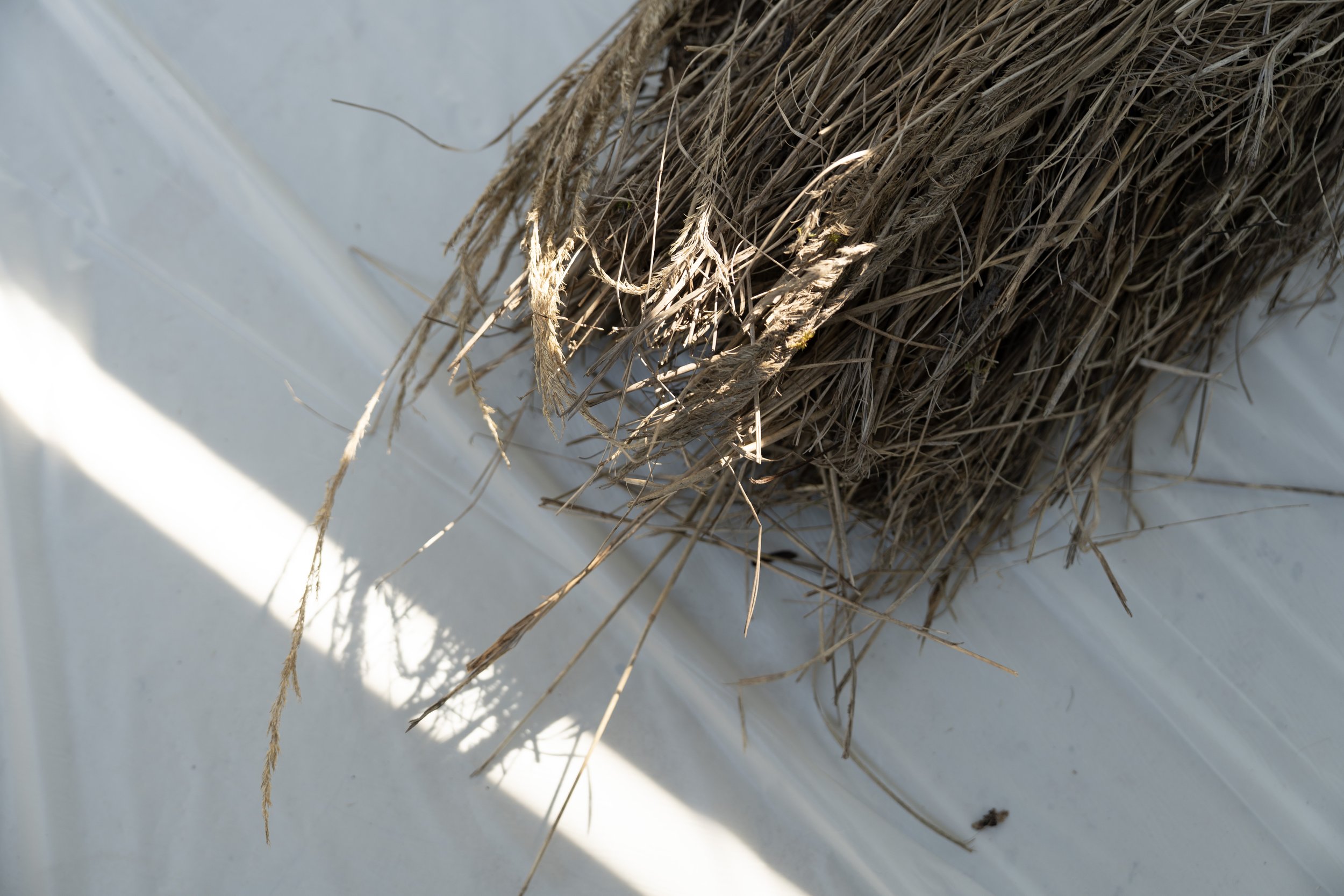
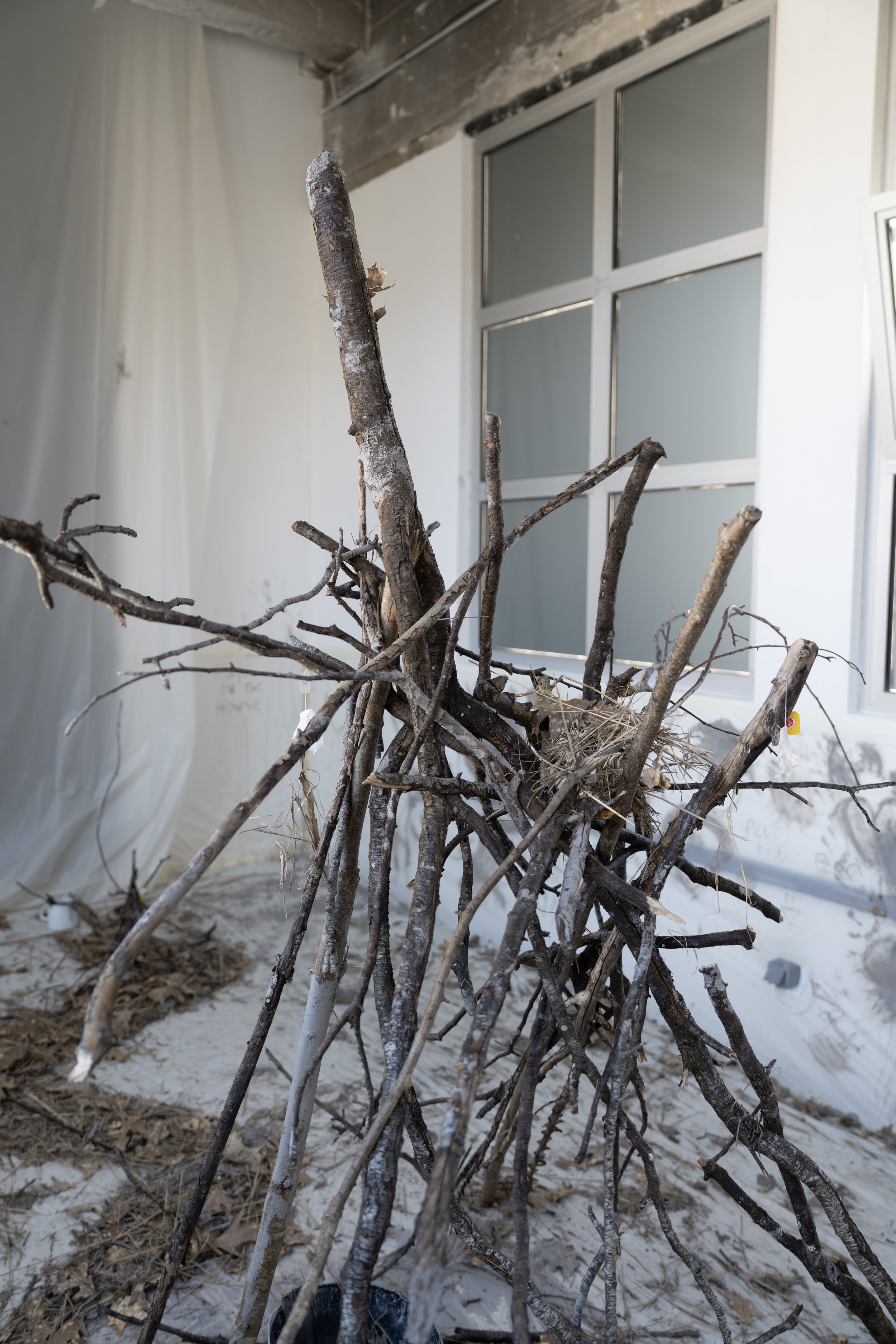
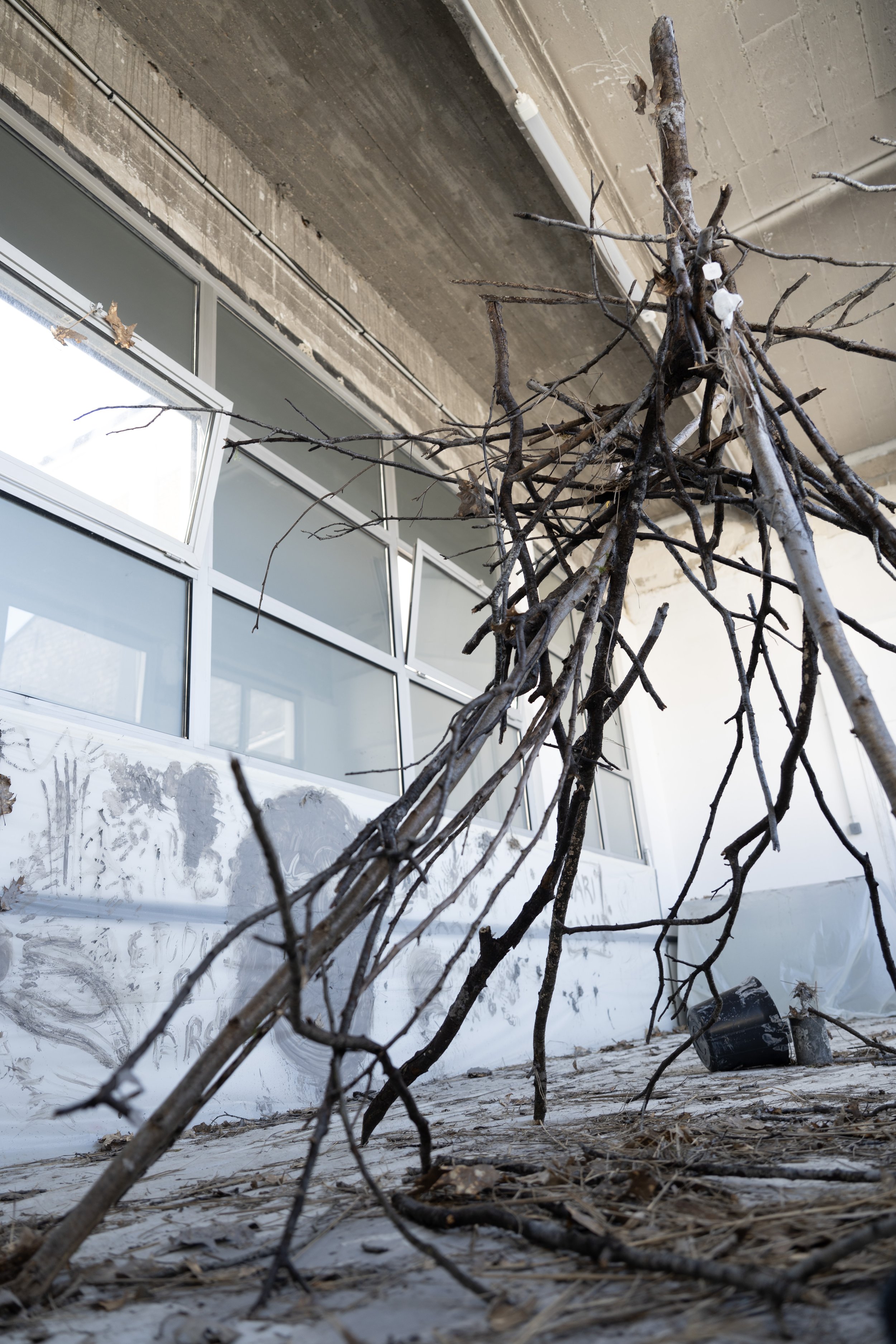


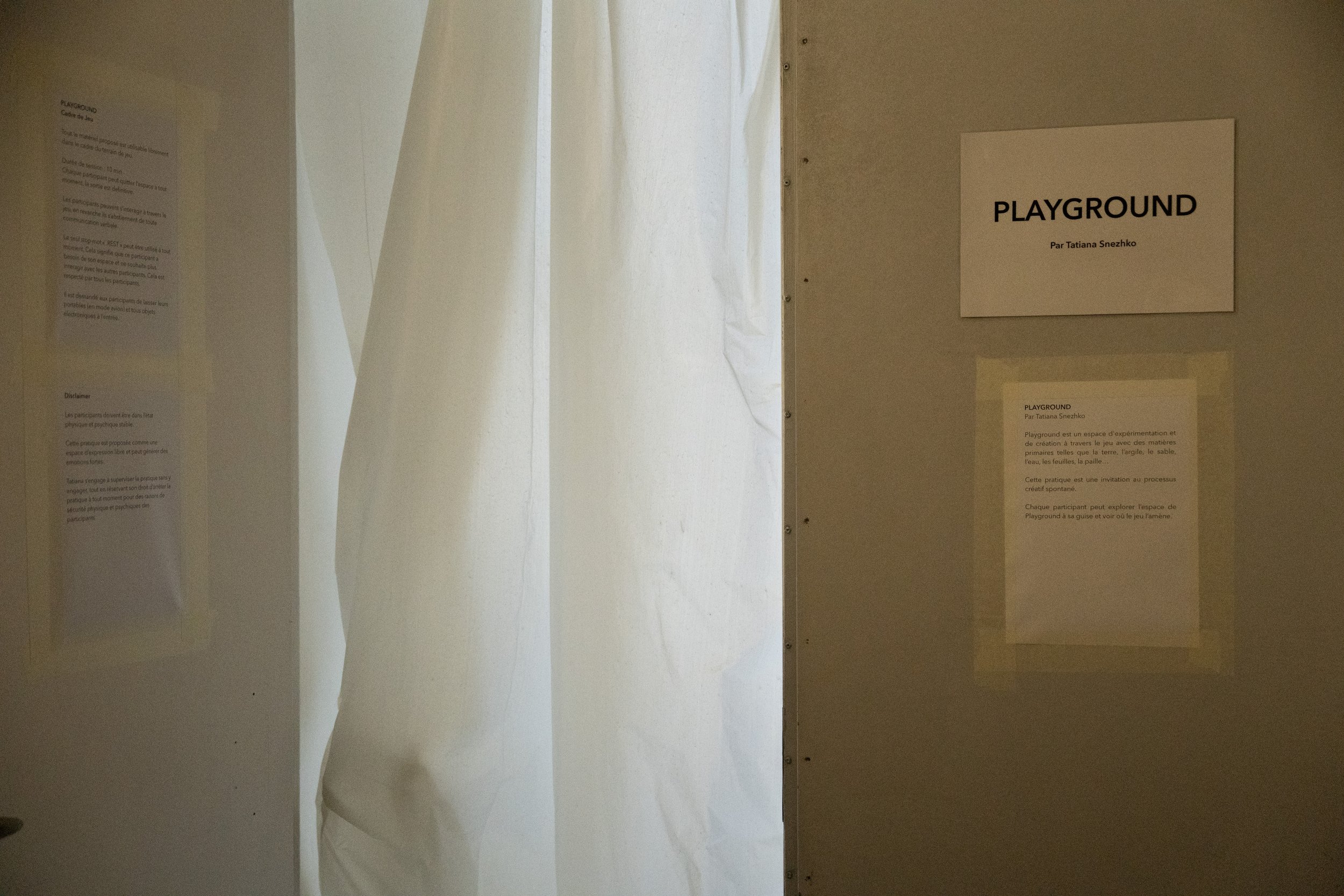
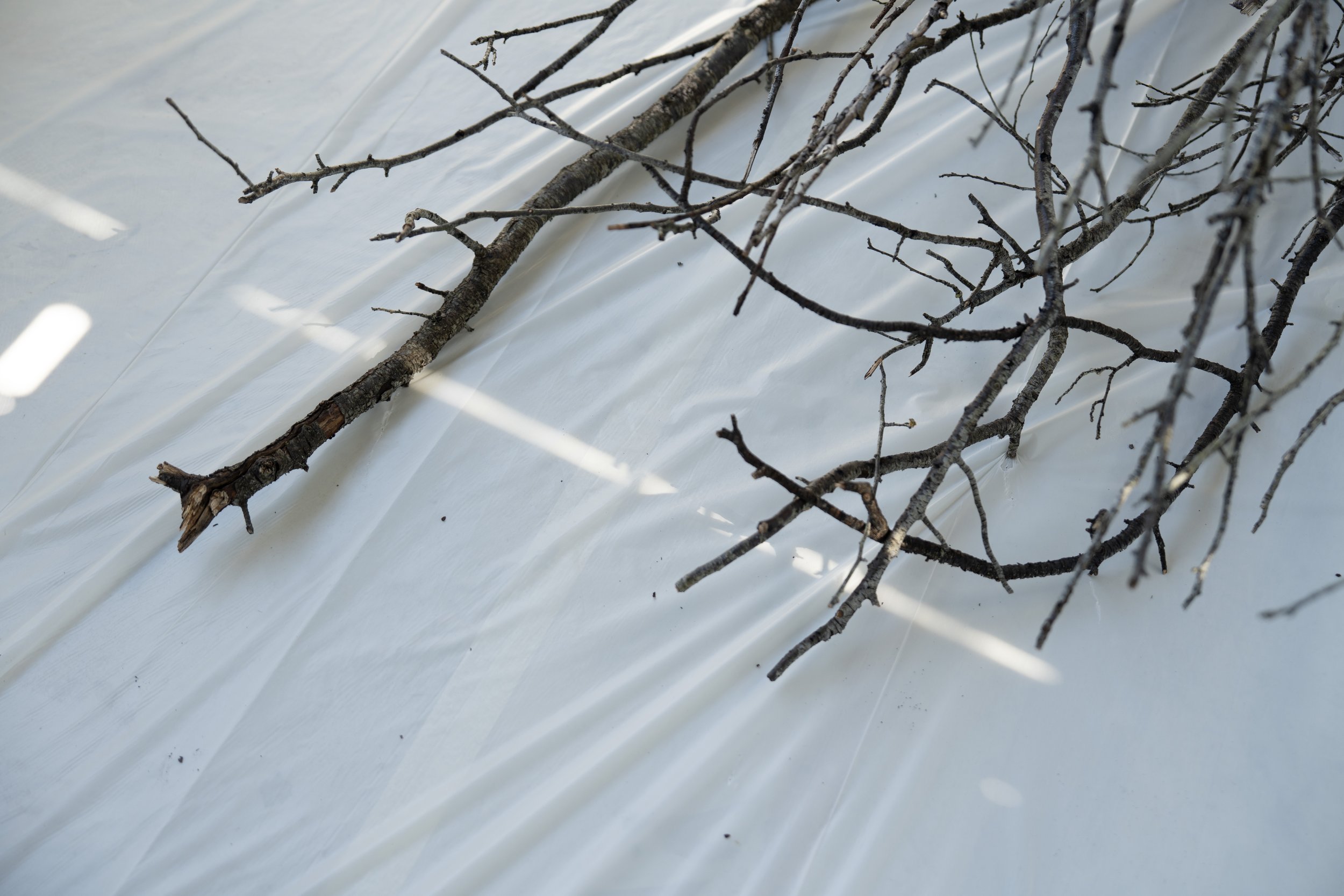
The art of framing
One may say ability to verbalise simplifies the process of communication.
But what if talking is not possible? What if there is no task provided? What if nothing is explained?
It can be challenging as we count a lot on words.
I tend to provide as less verbal explanation as possible, I also ask the participants not to talk. As much as gadgets and watch words may be a source of distraction. Words and talking seem to flirt with notions of control and responsibility, as words can be used as weapon or shelter.
Limiting the freedom to speak, I try to push the limits of verbal communication.
Limiting the space of playground and reducing the “tools” it provides, I try to push the limits of creativity.
Words are still seeking their expression in our space and if not pronounced, they become symbols and signs.

